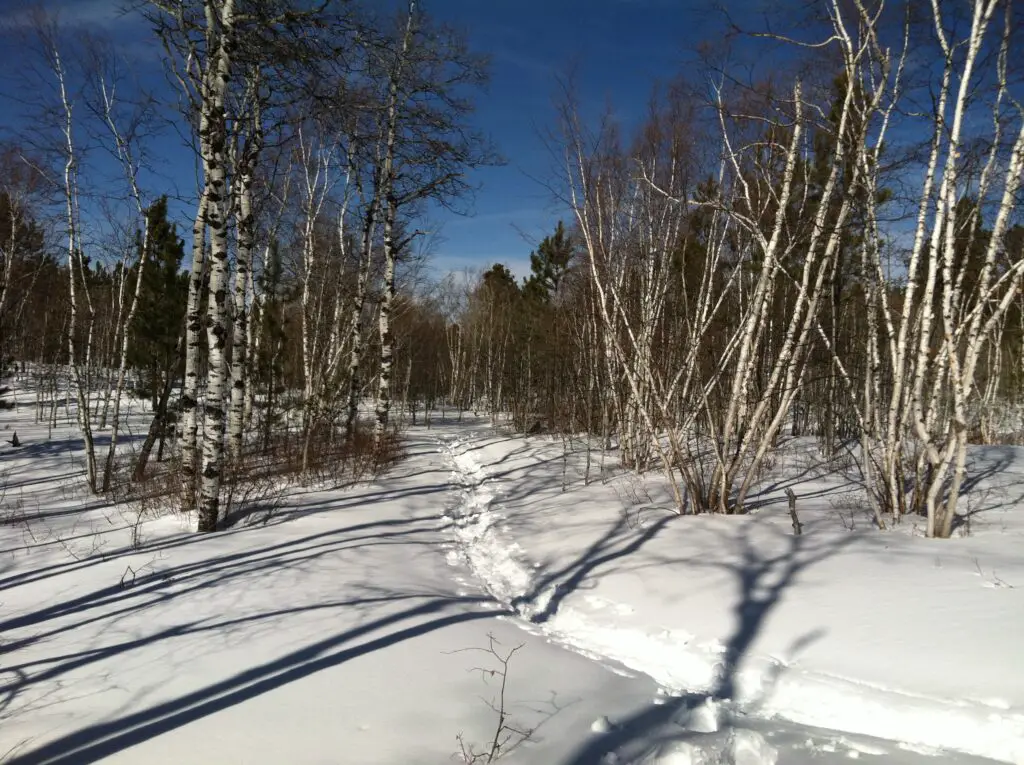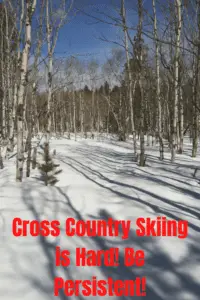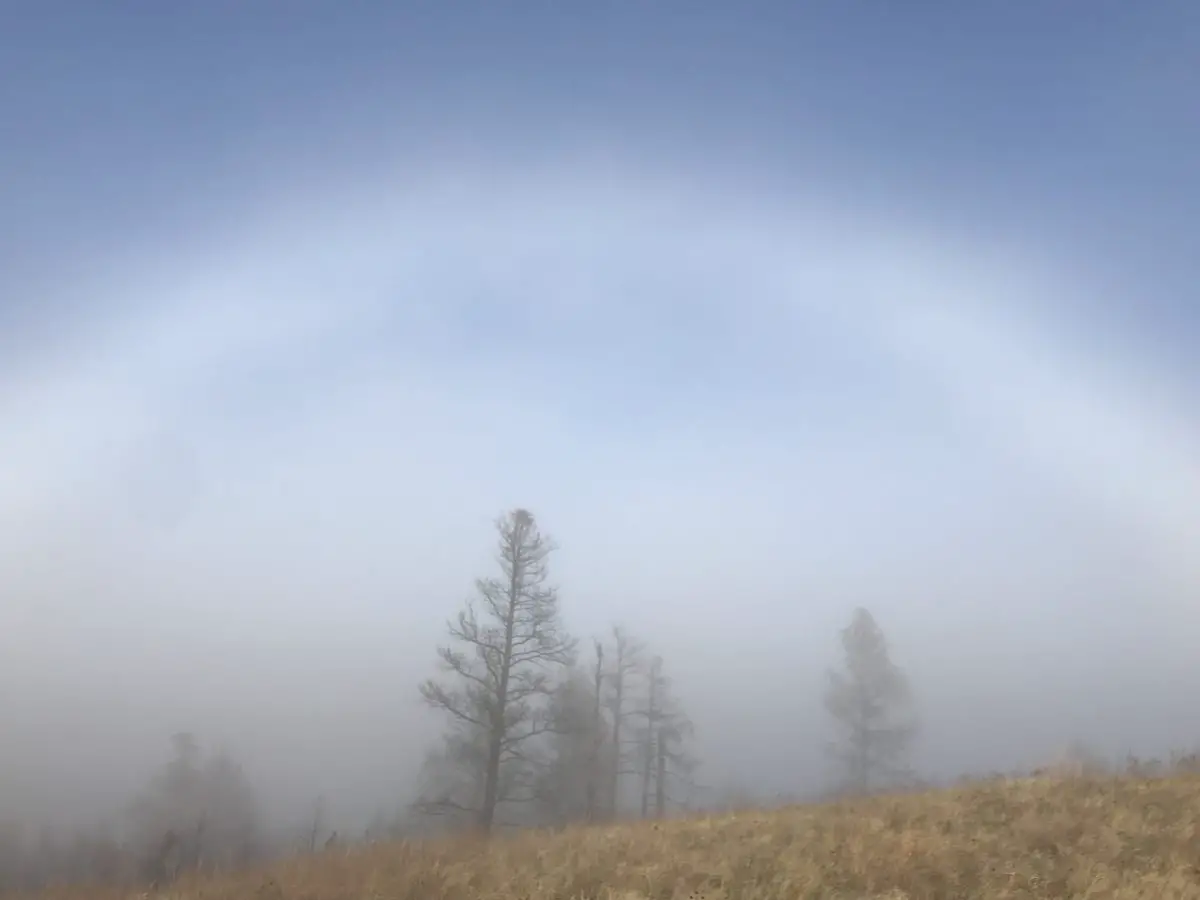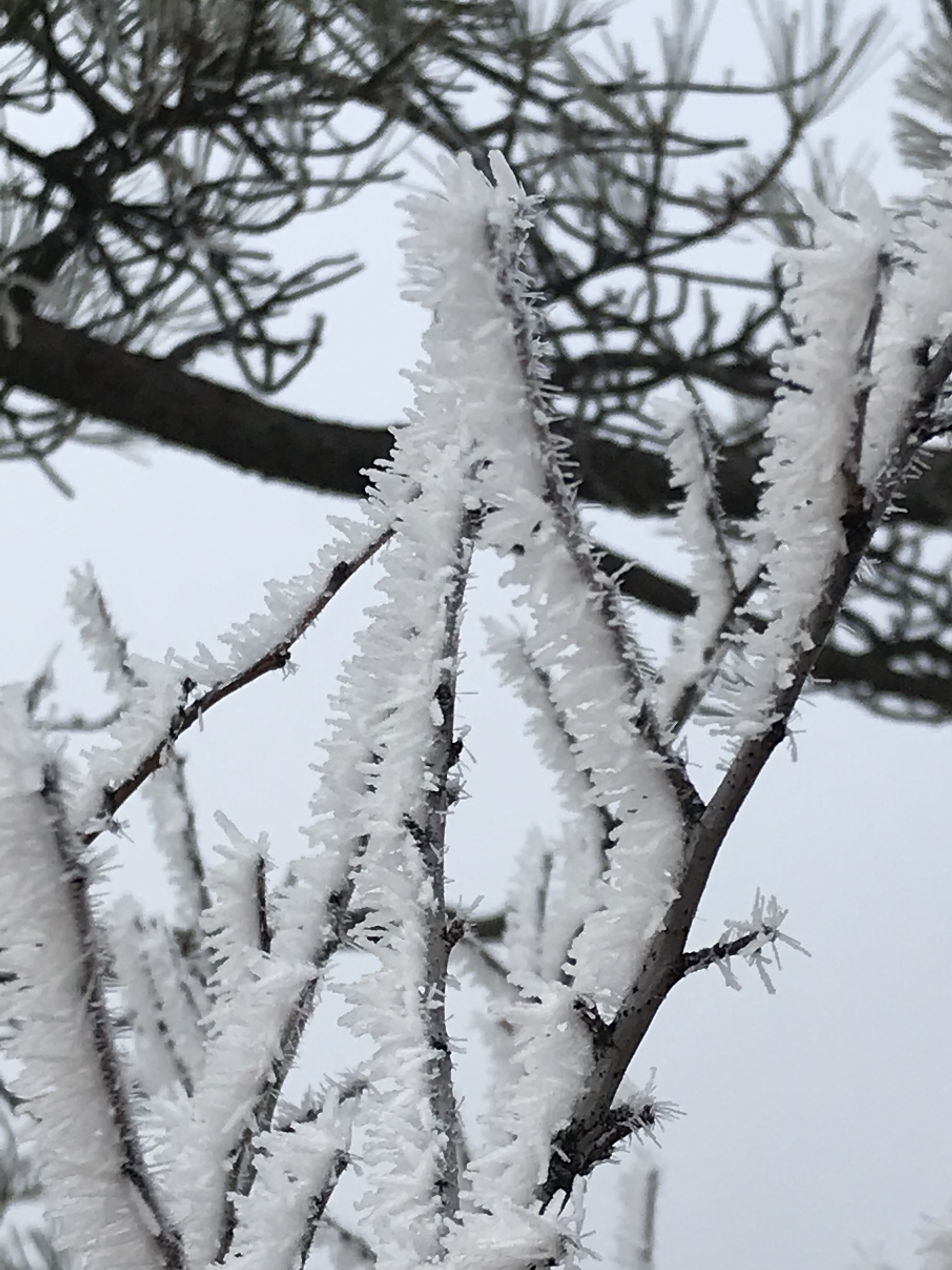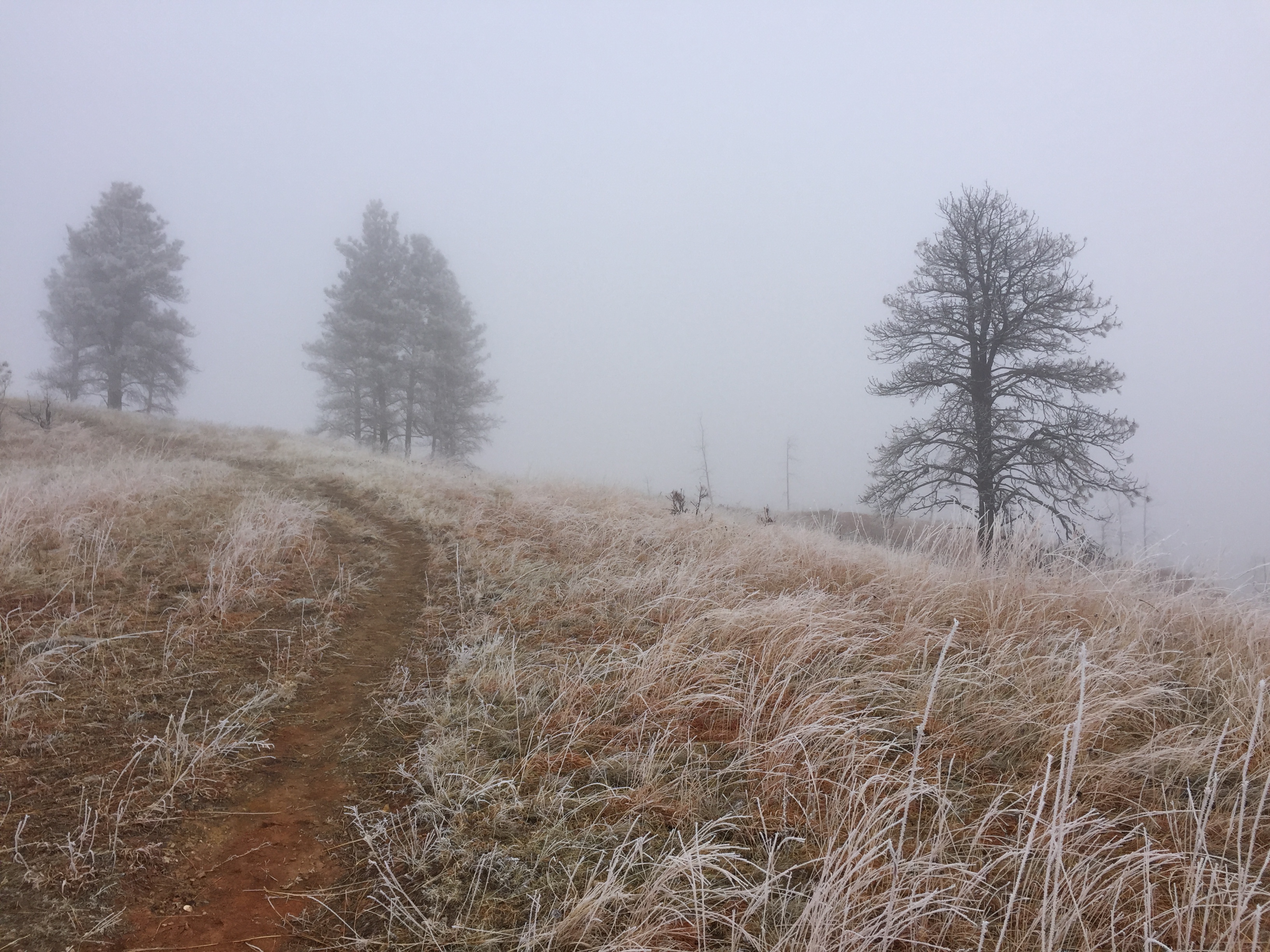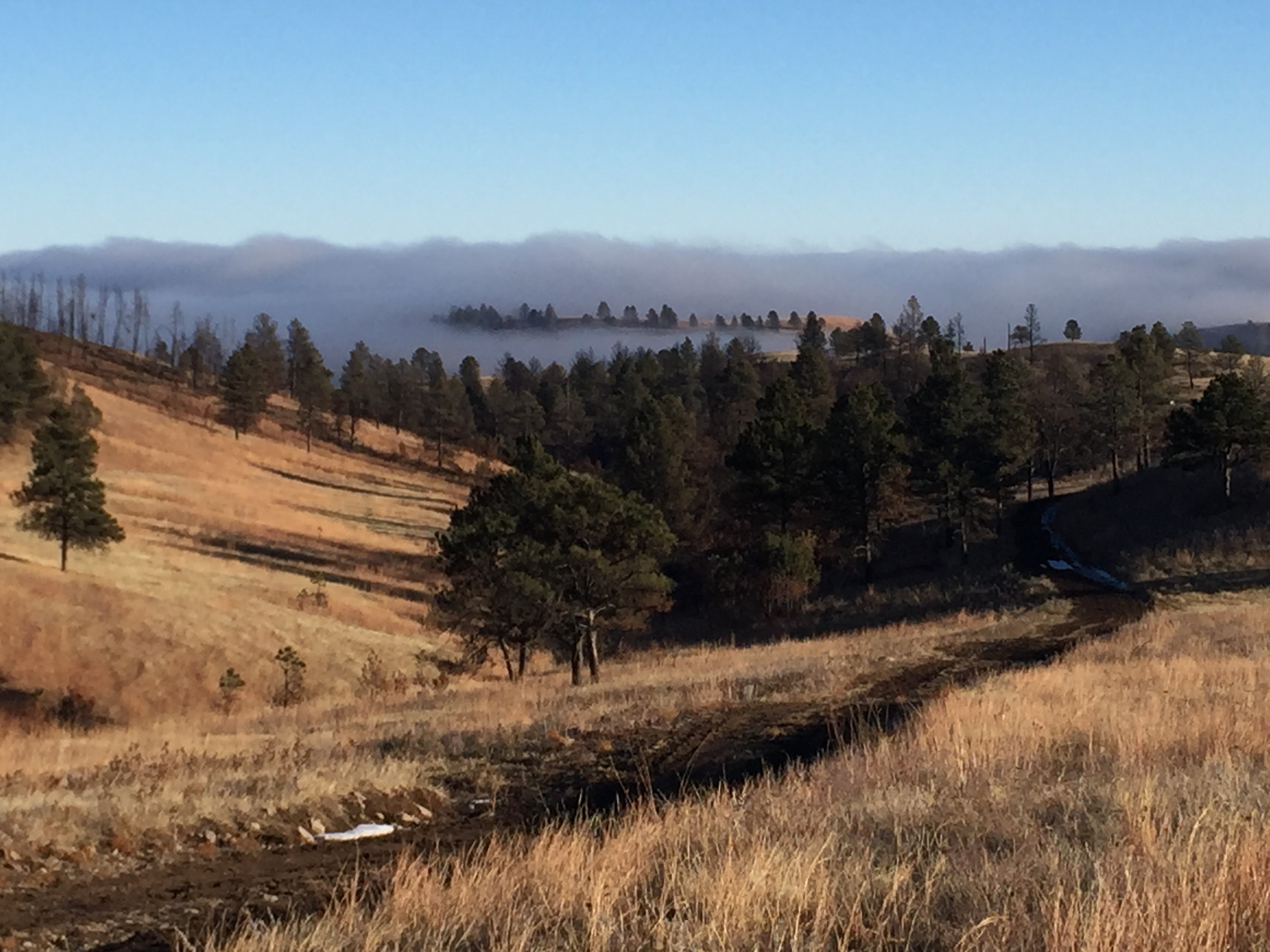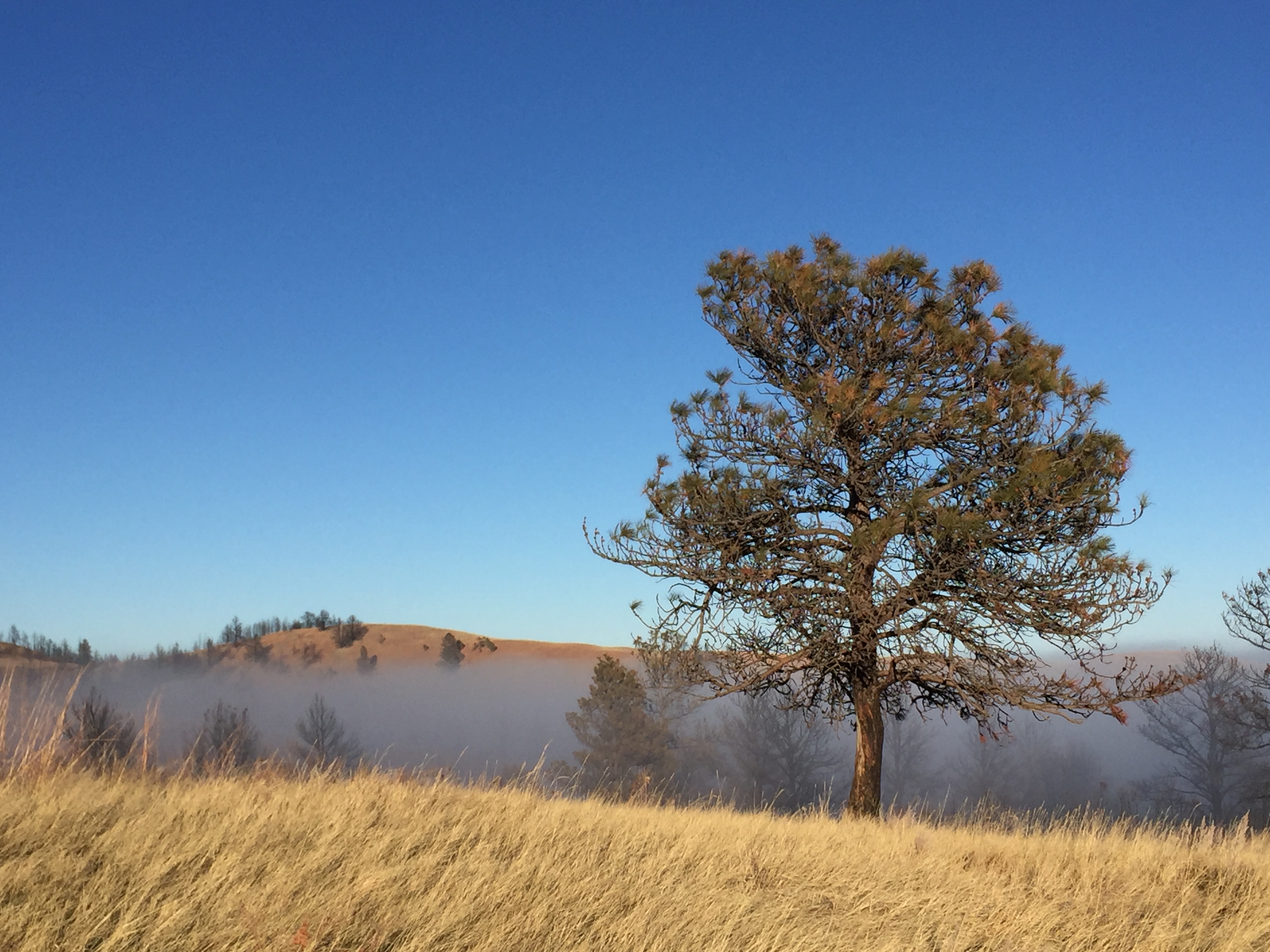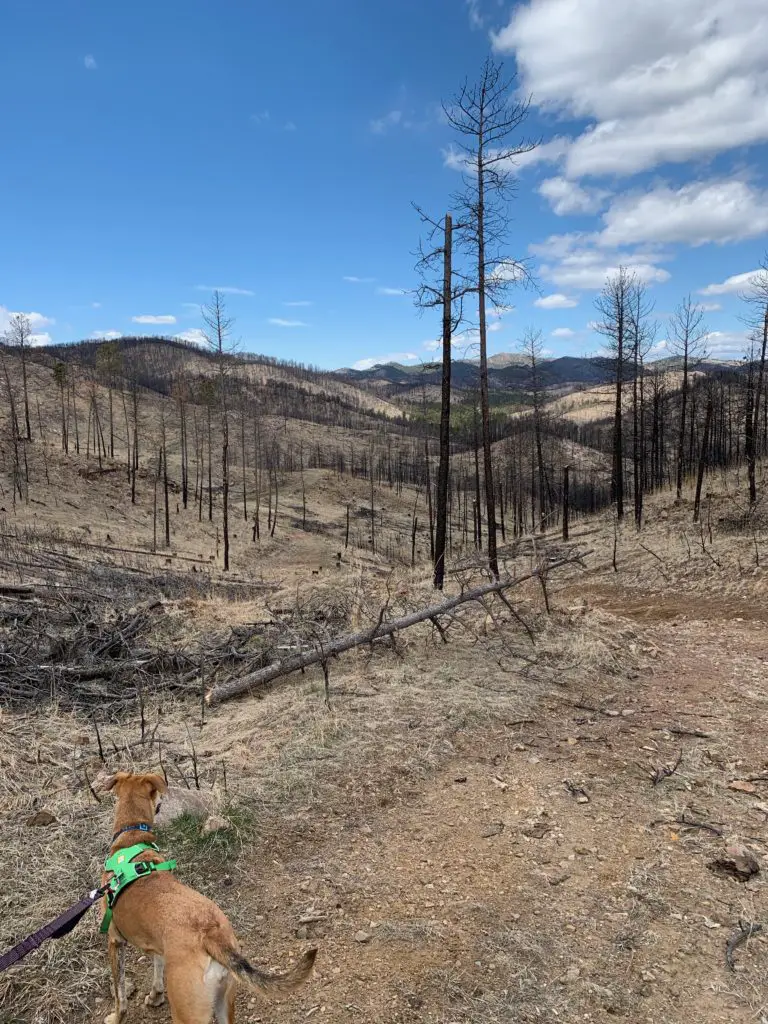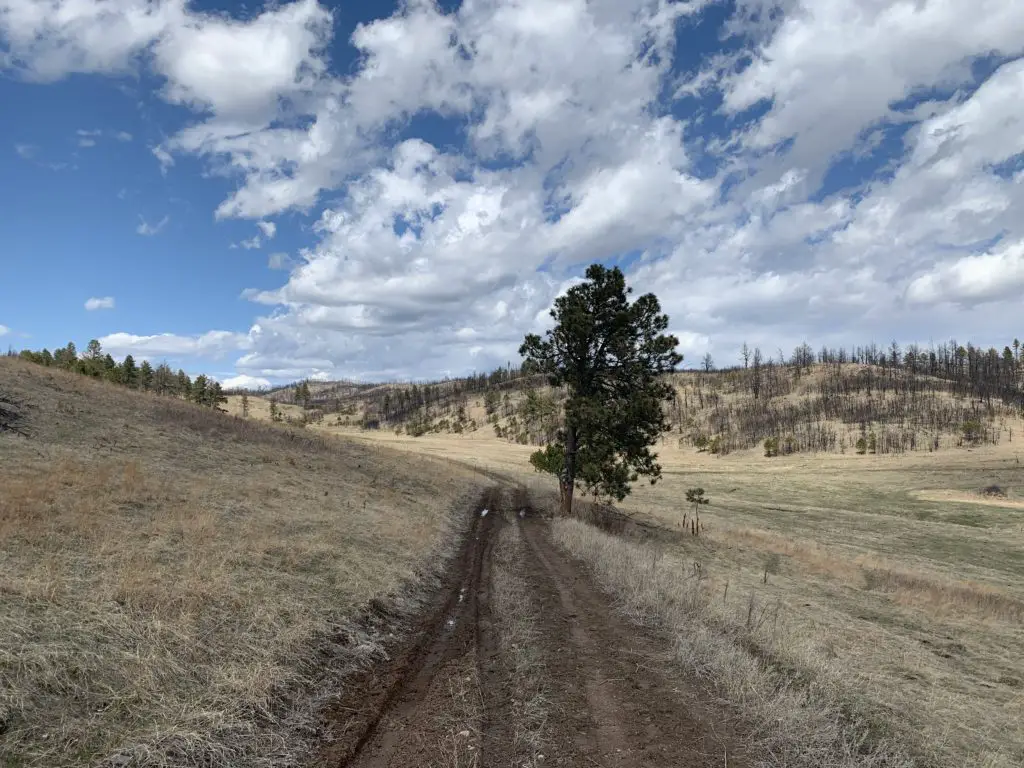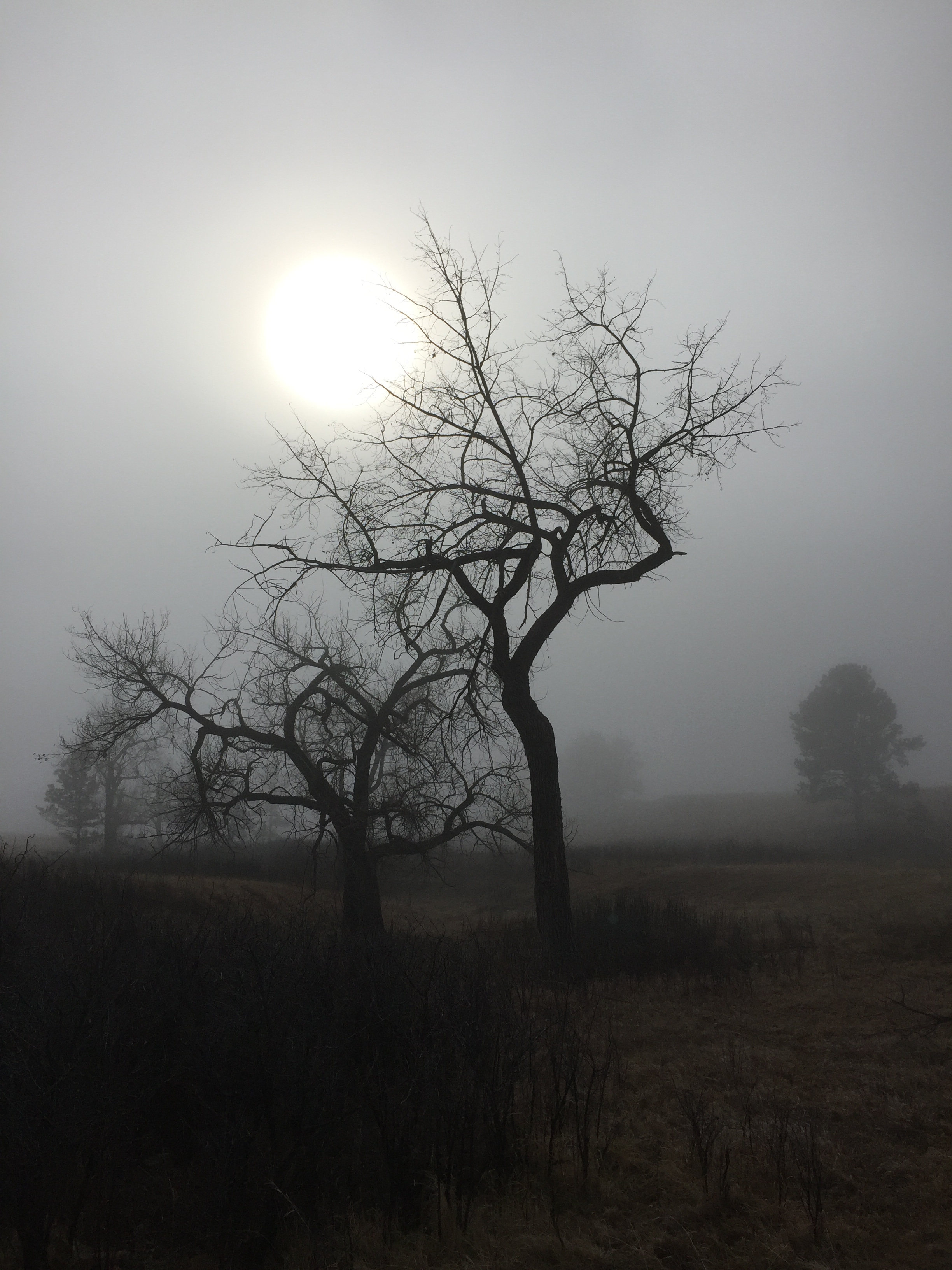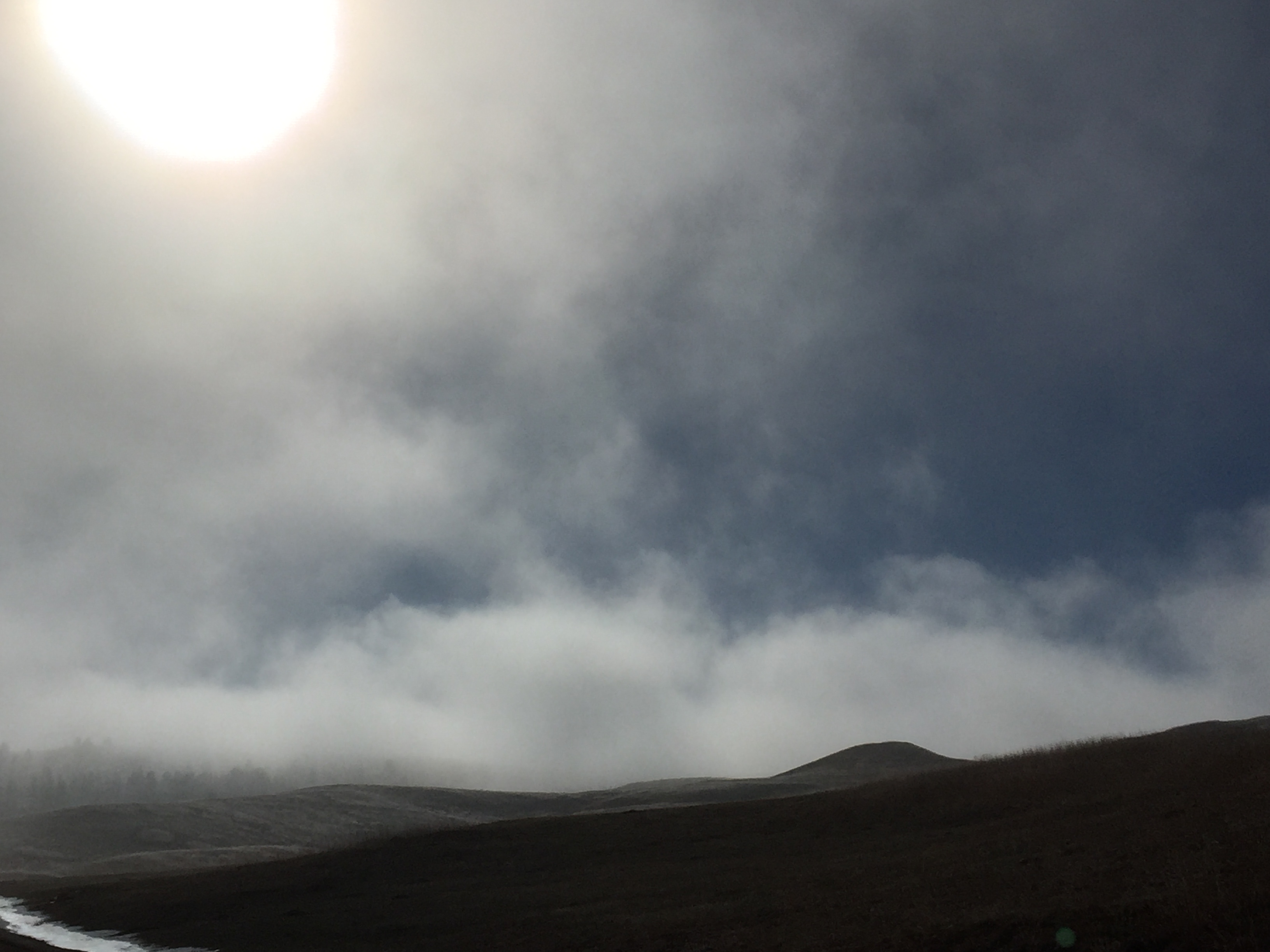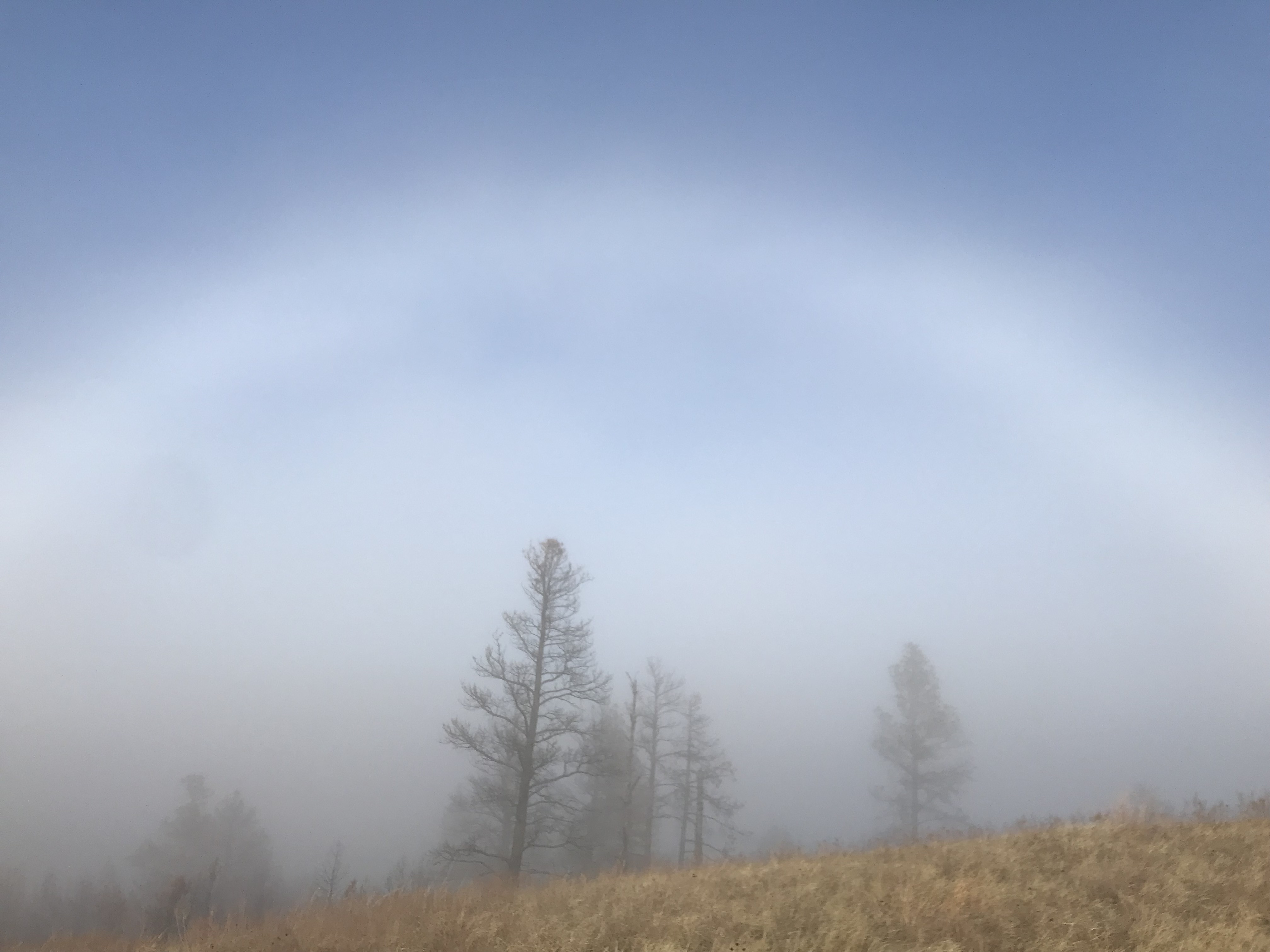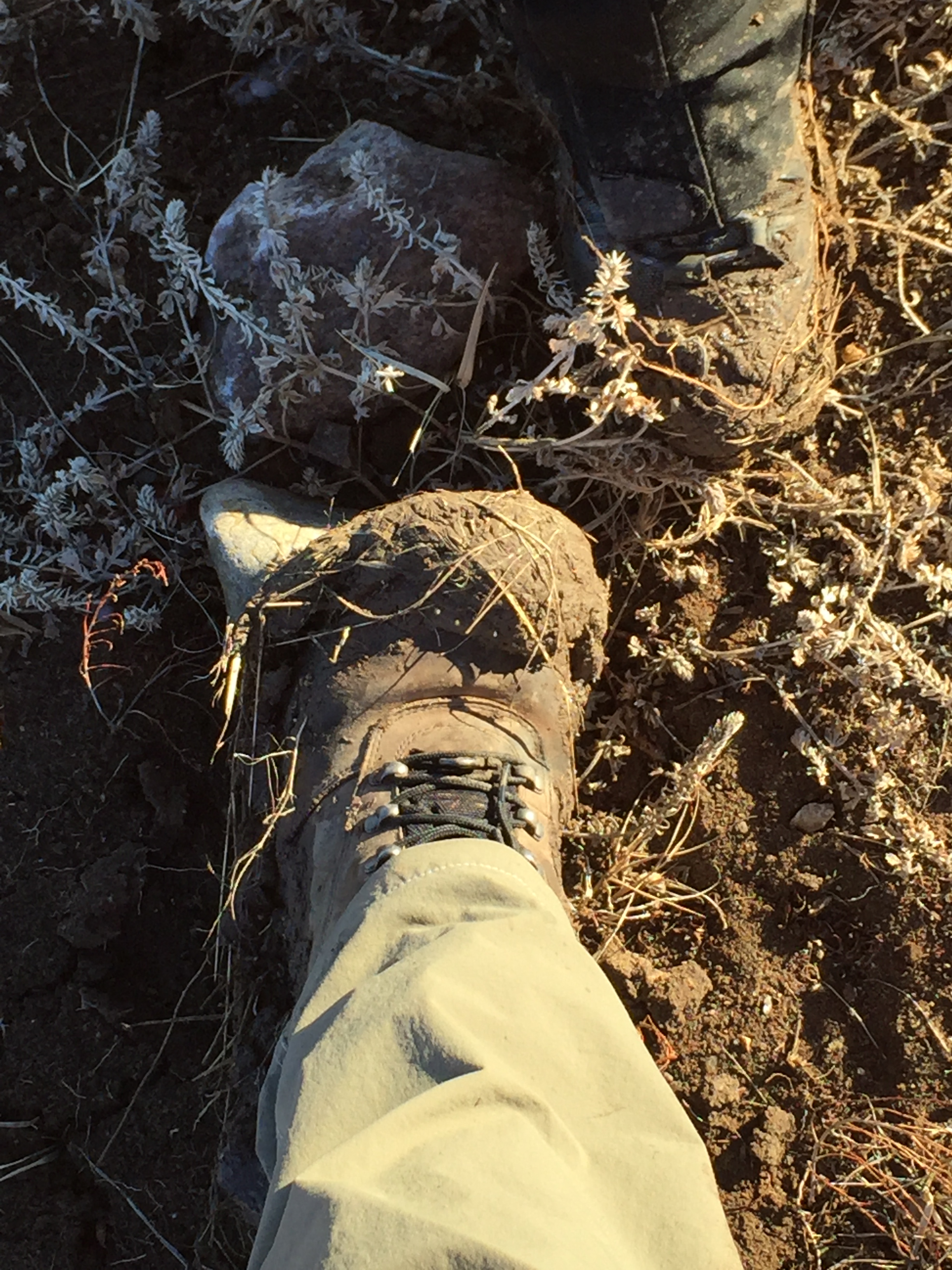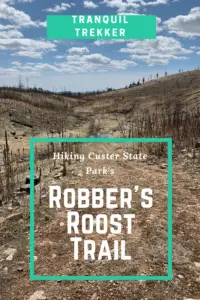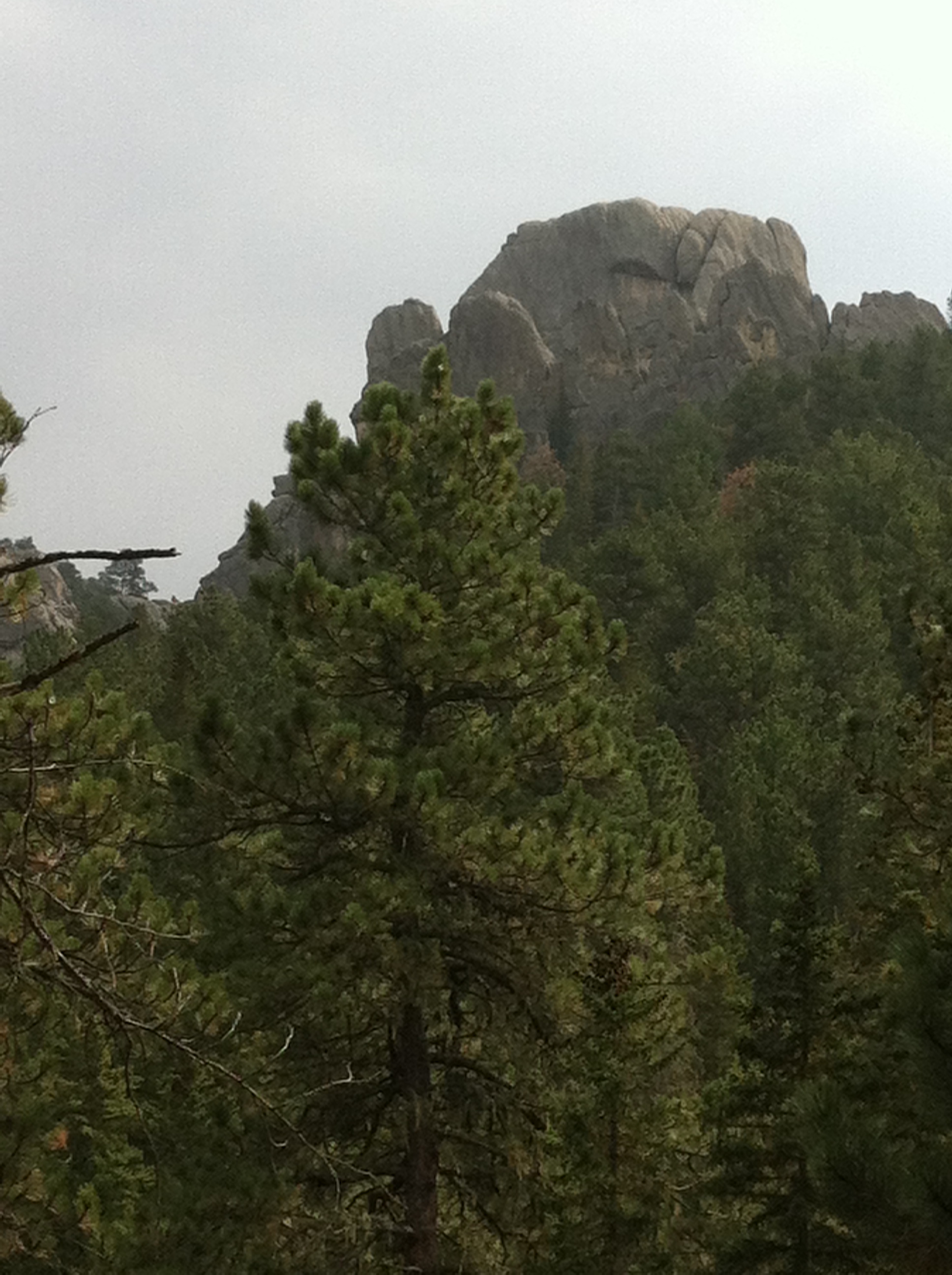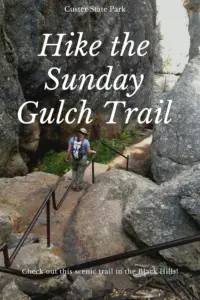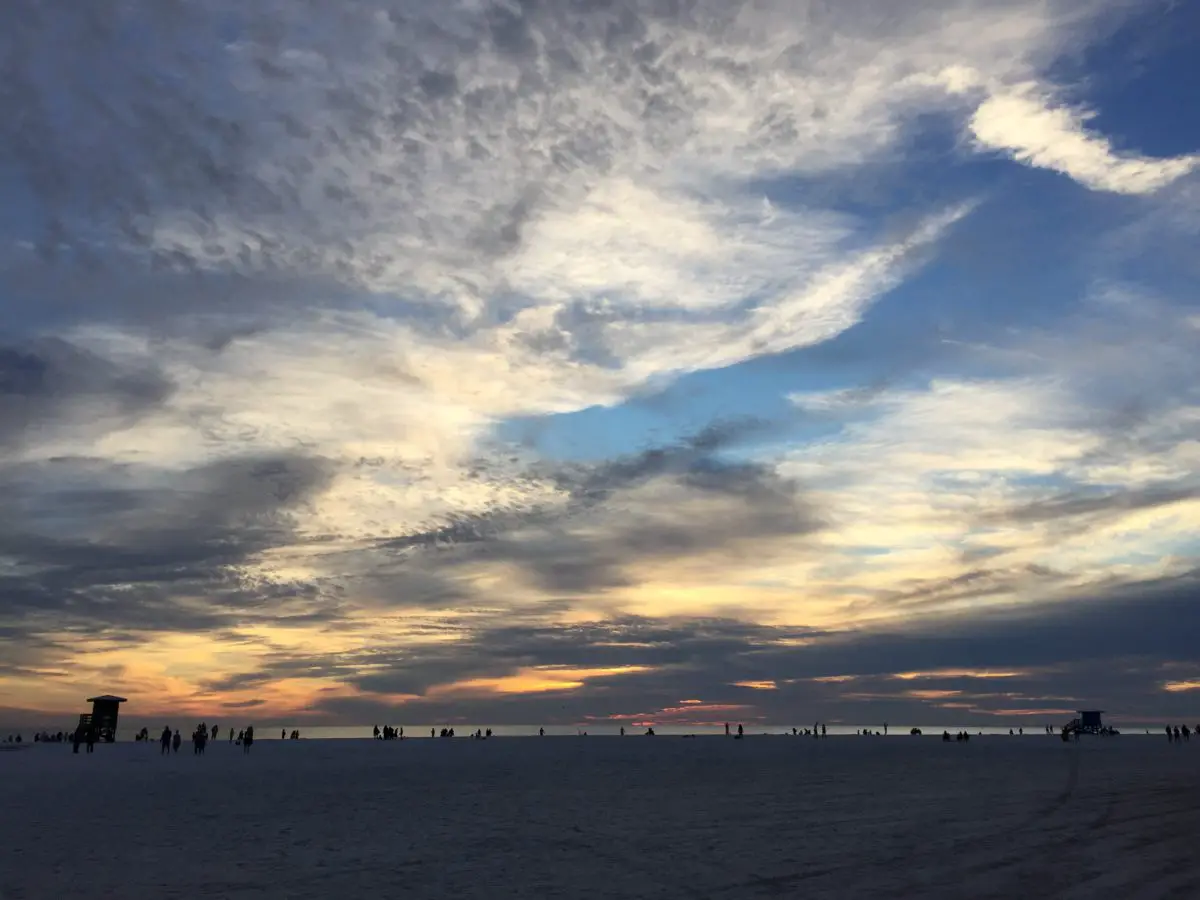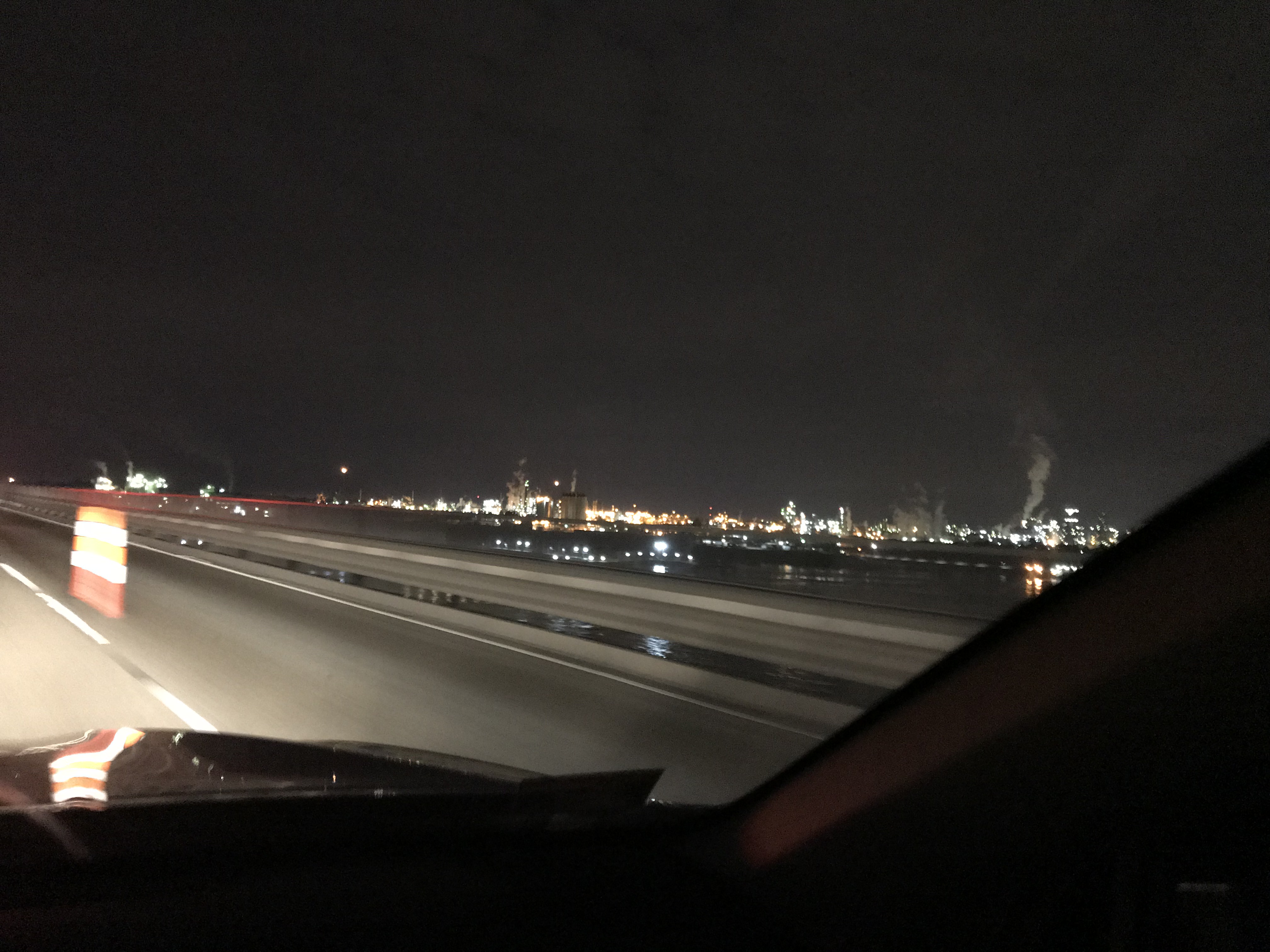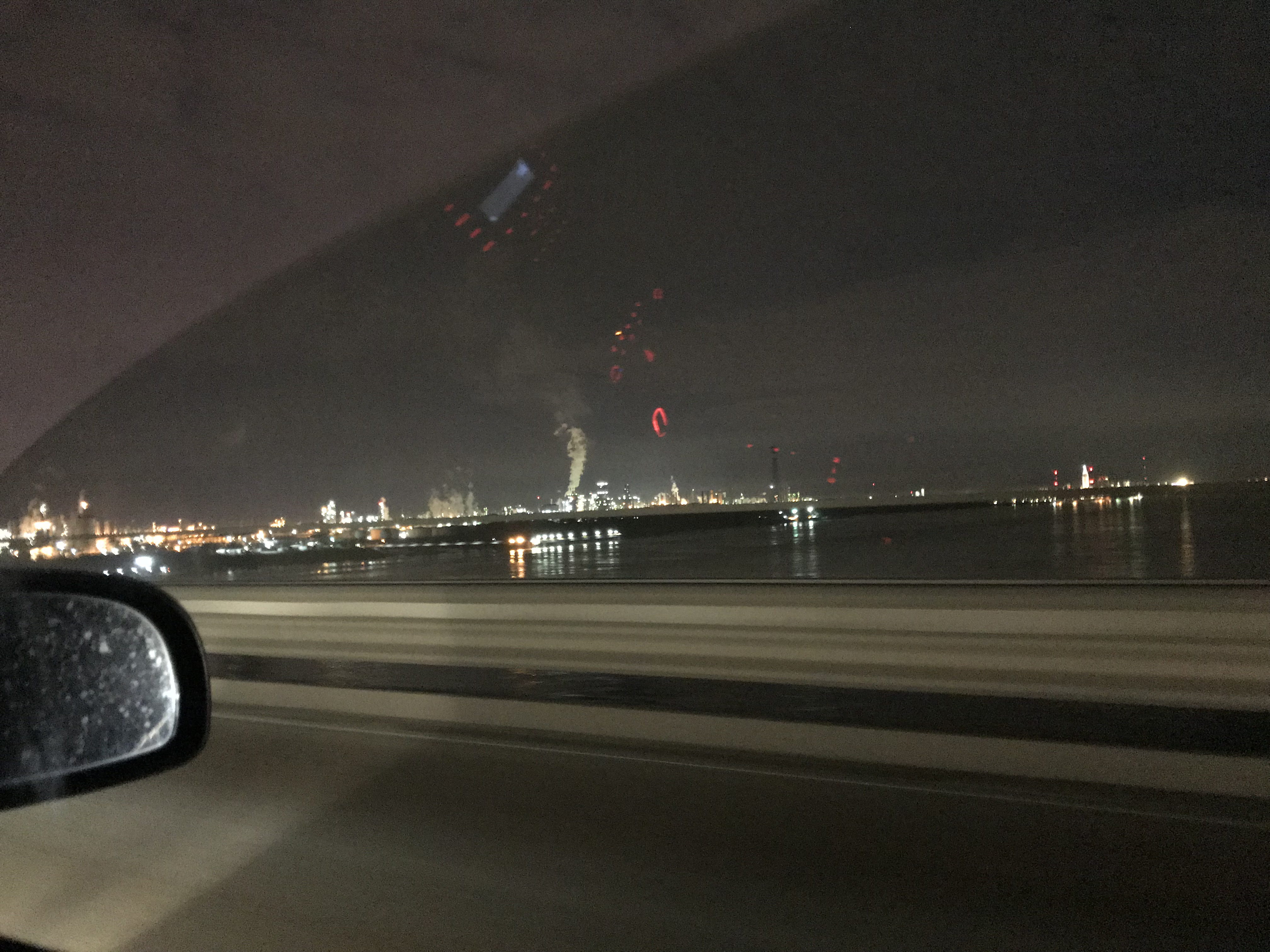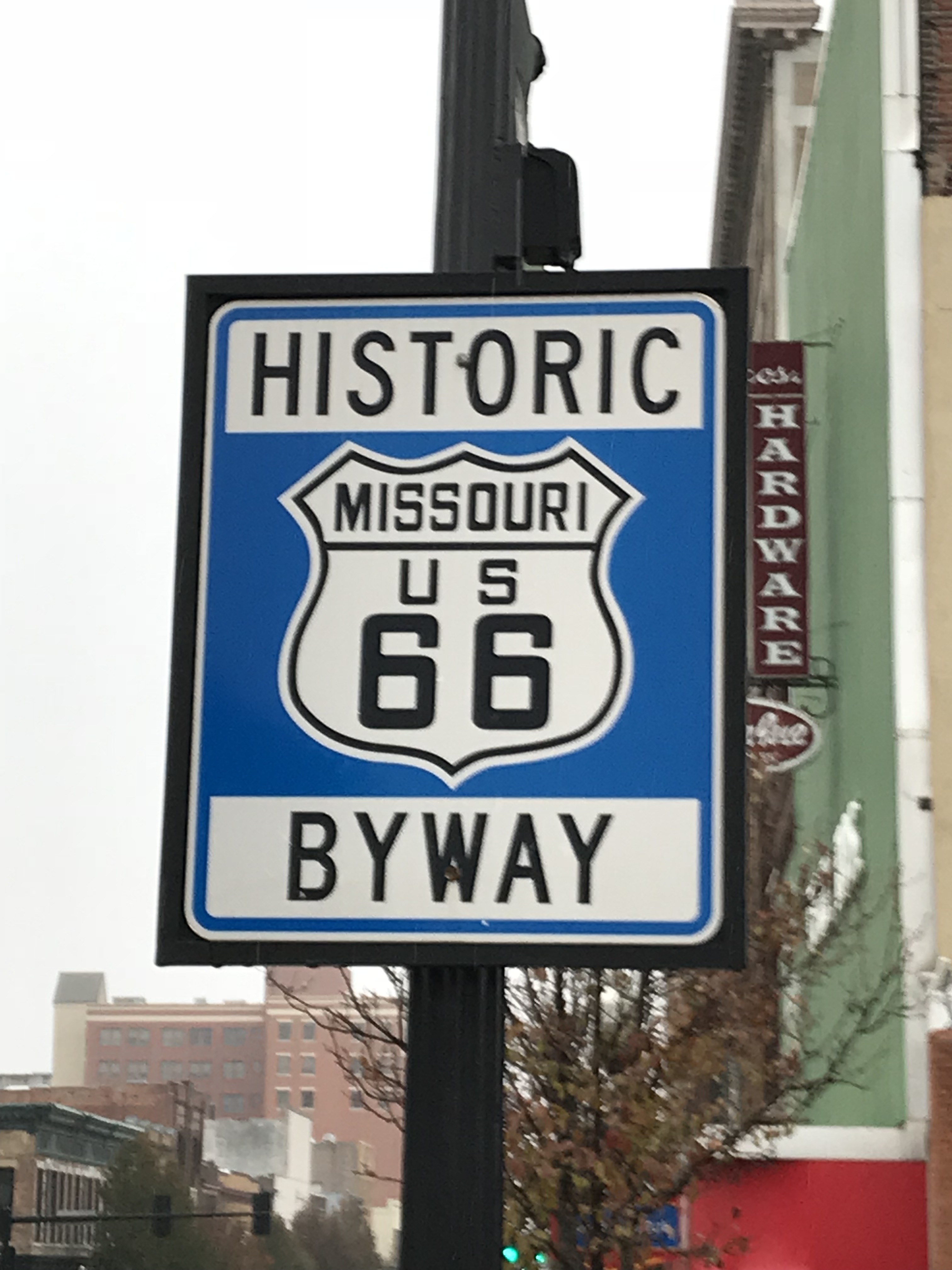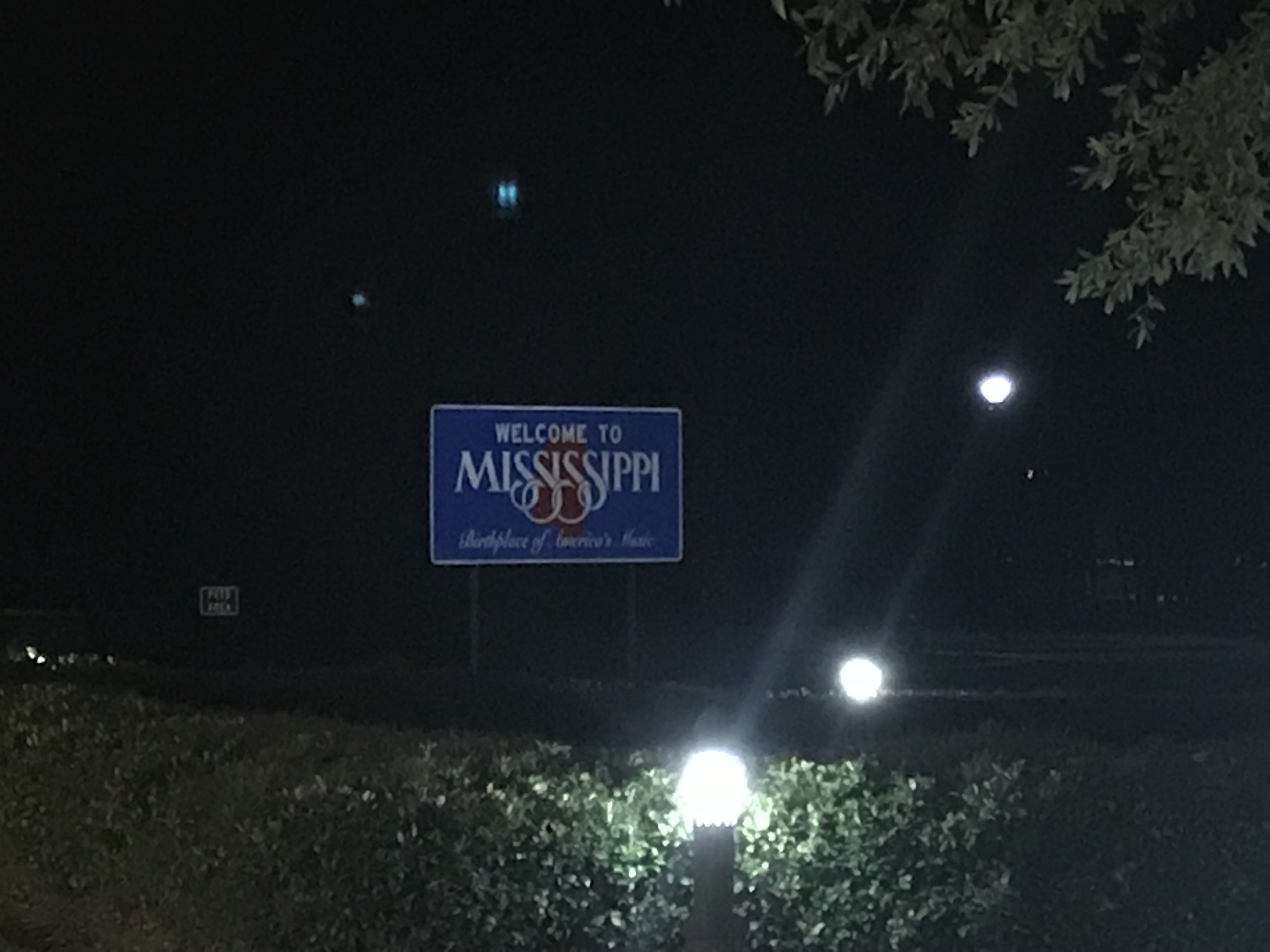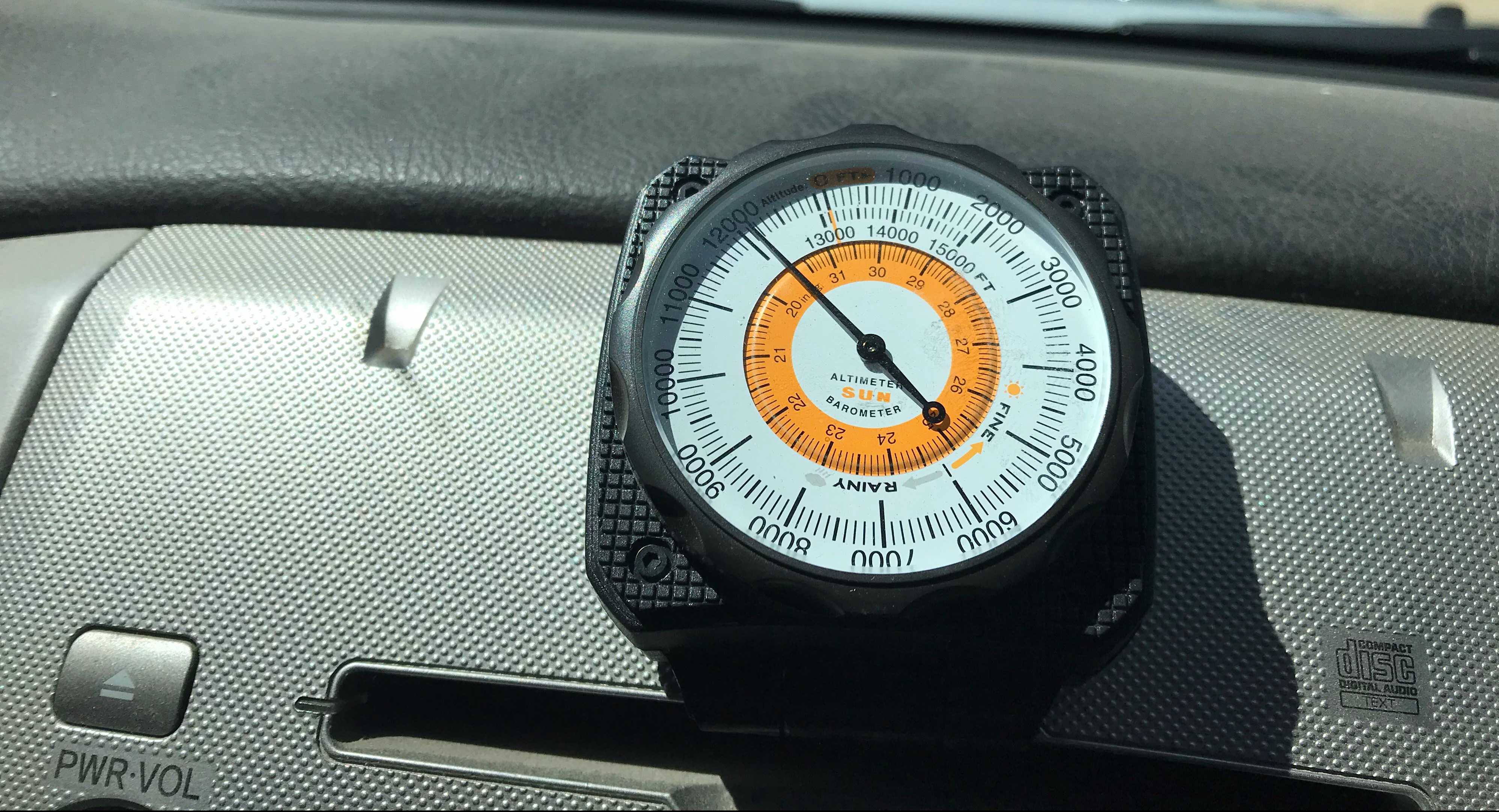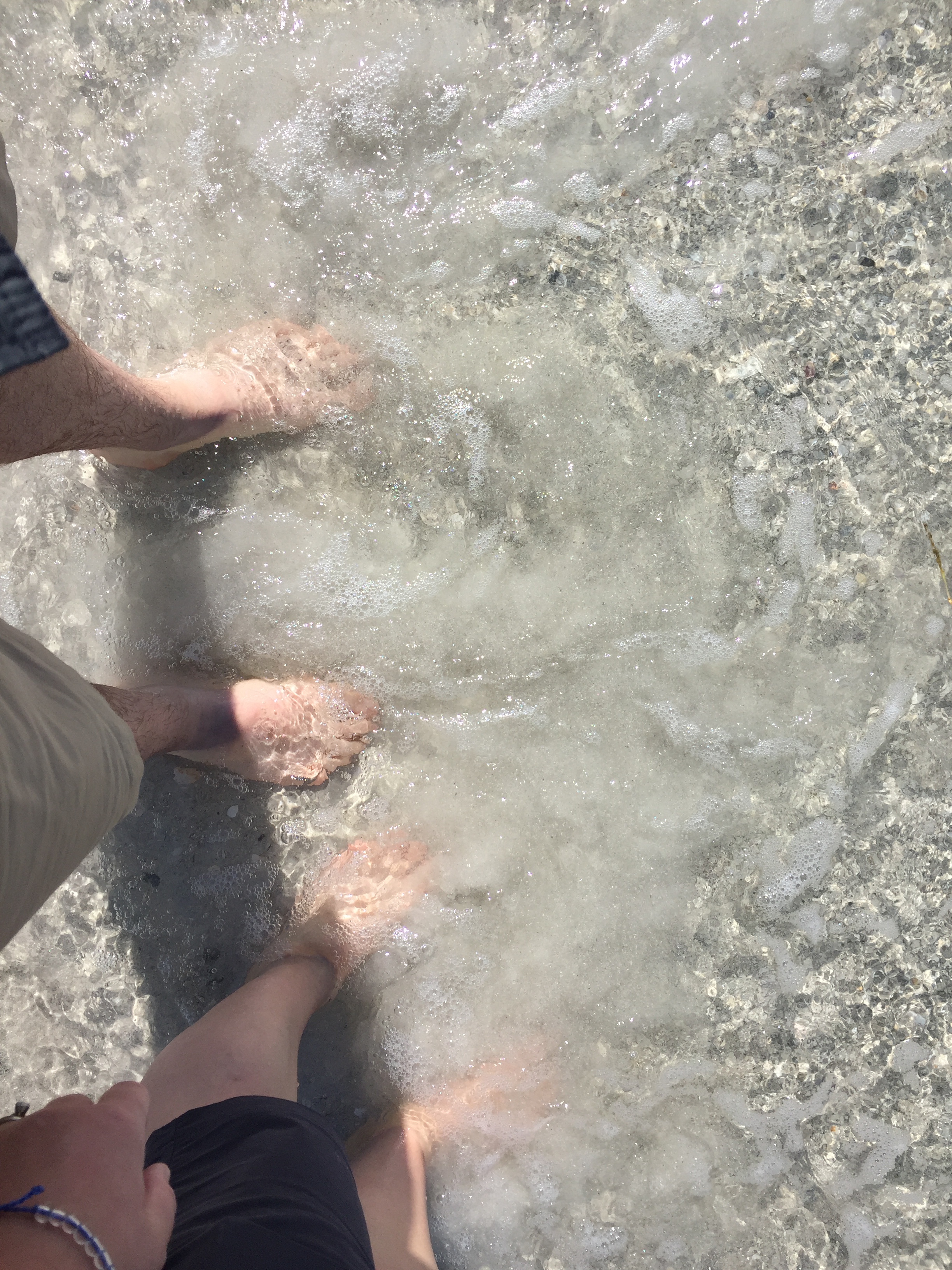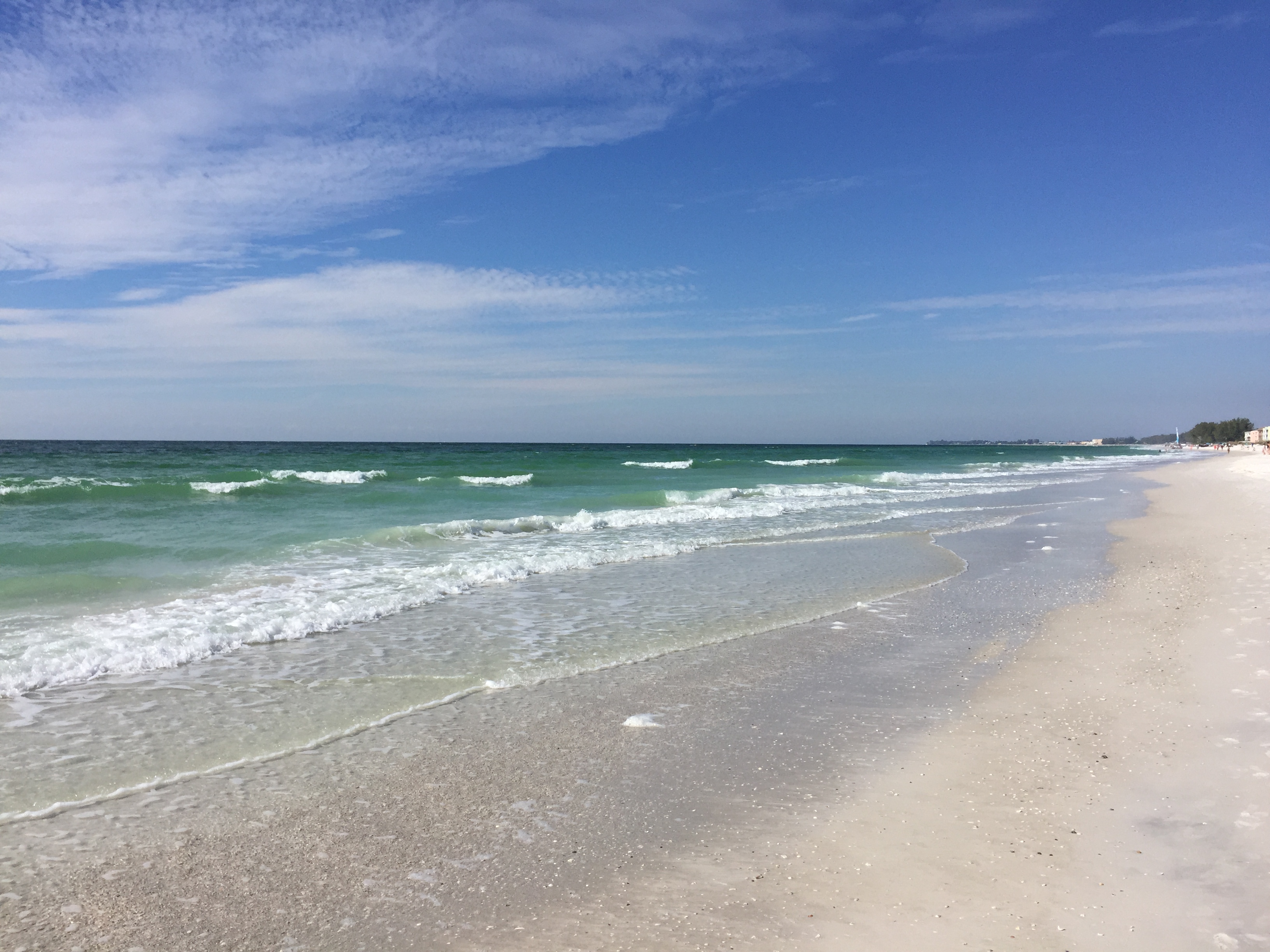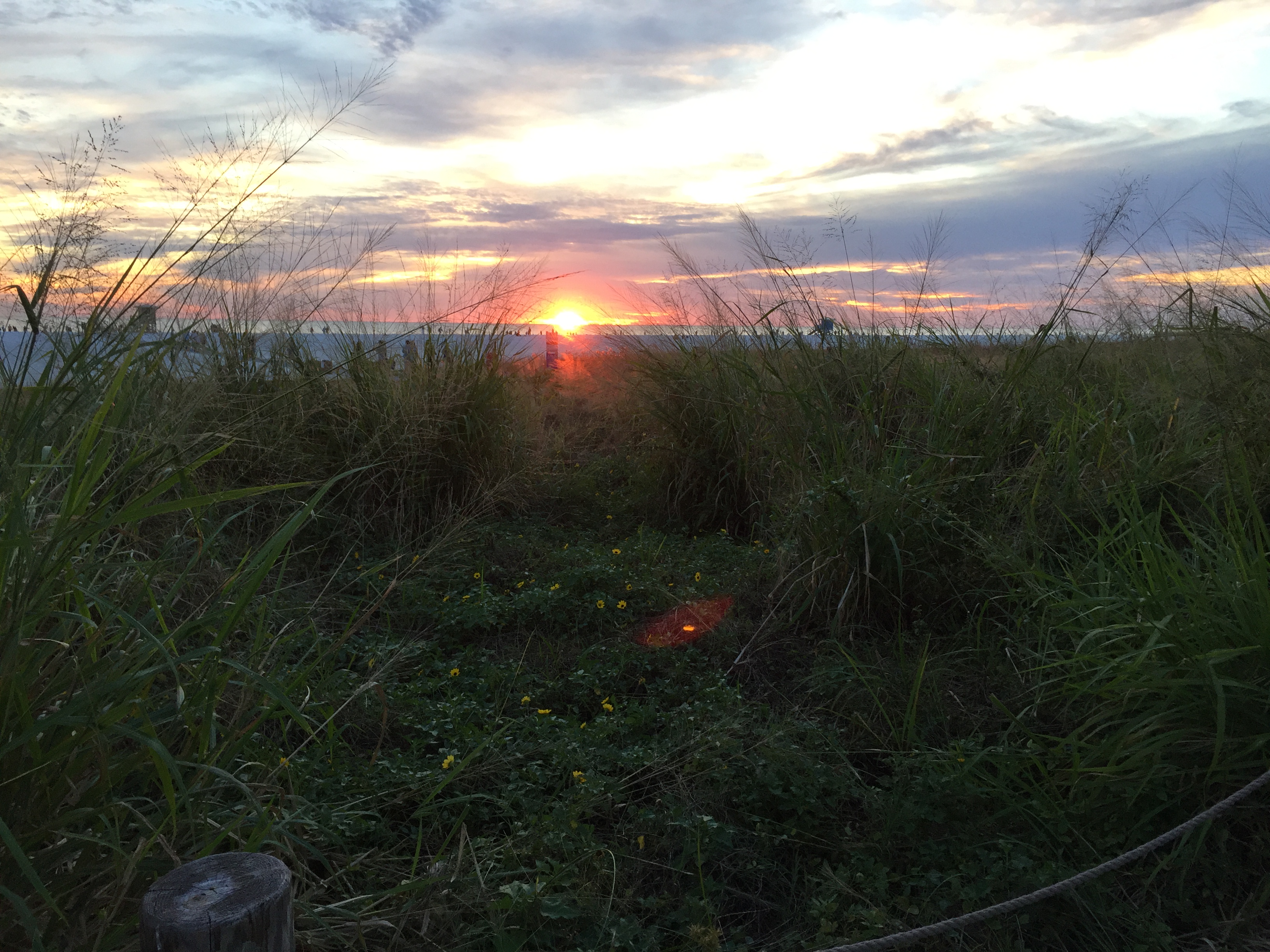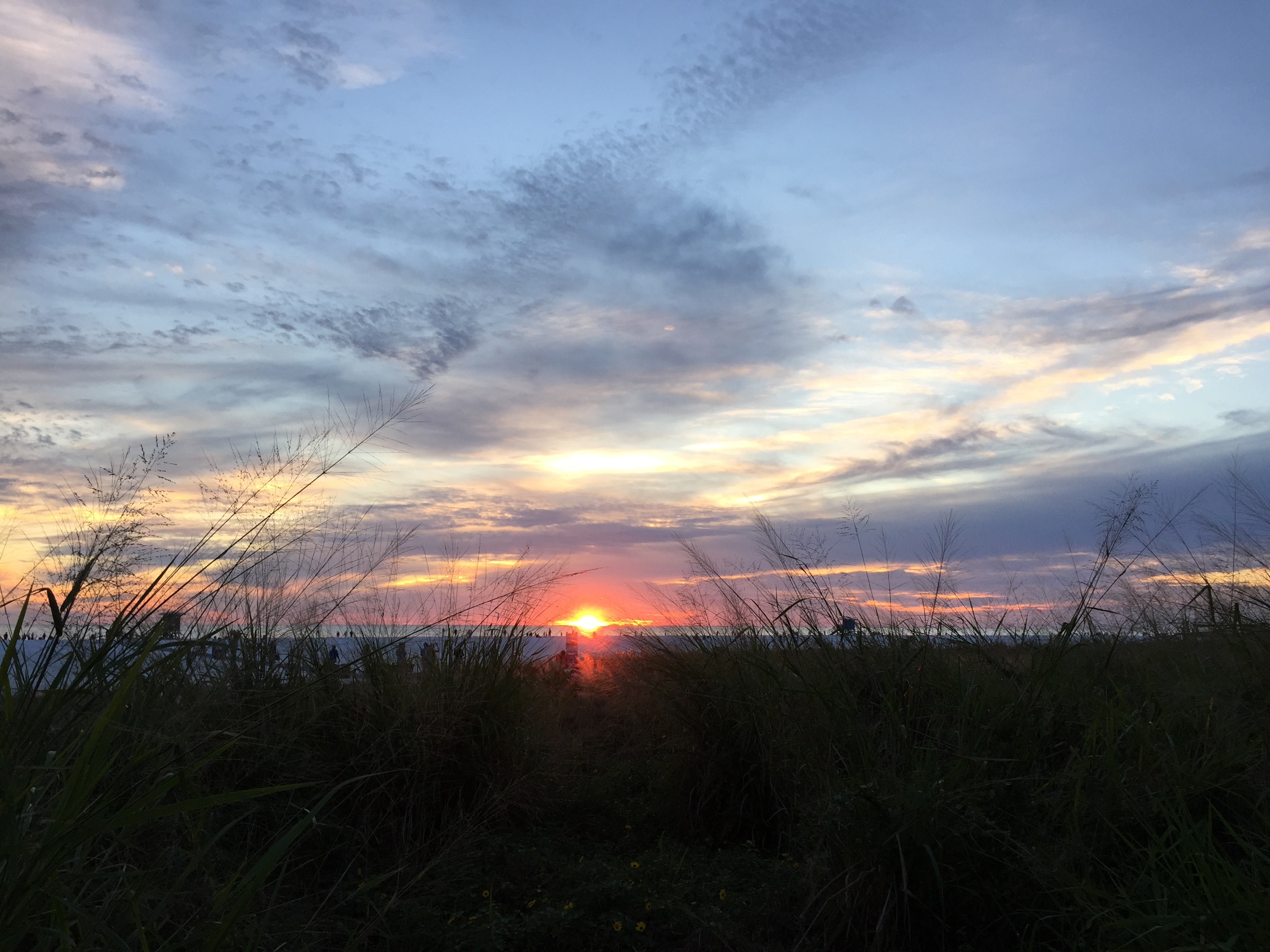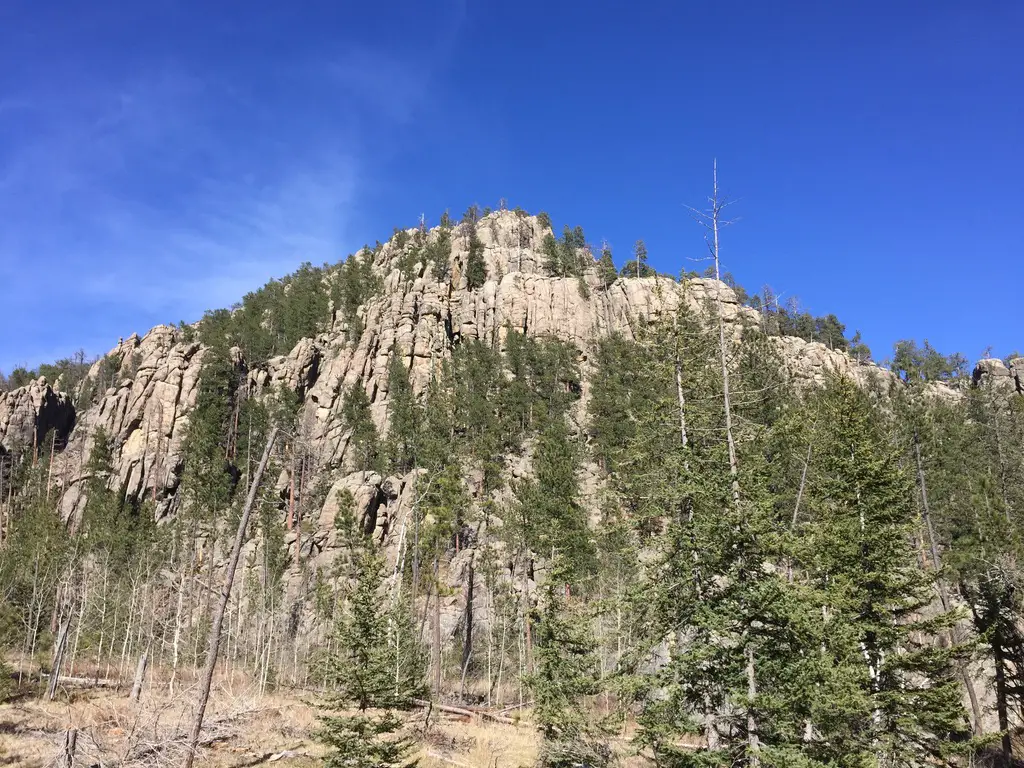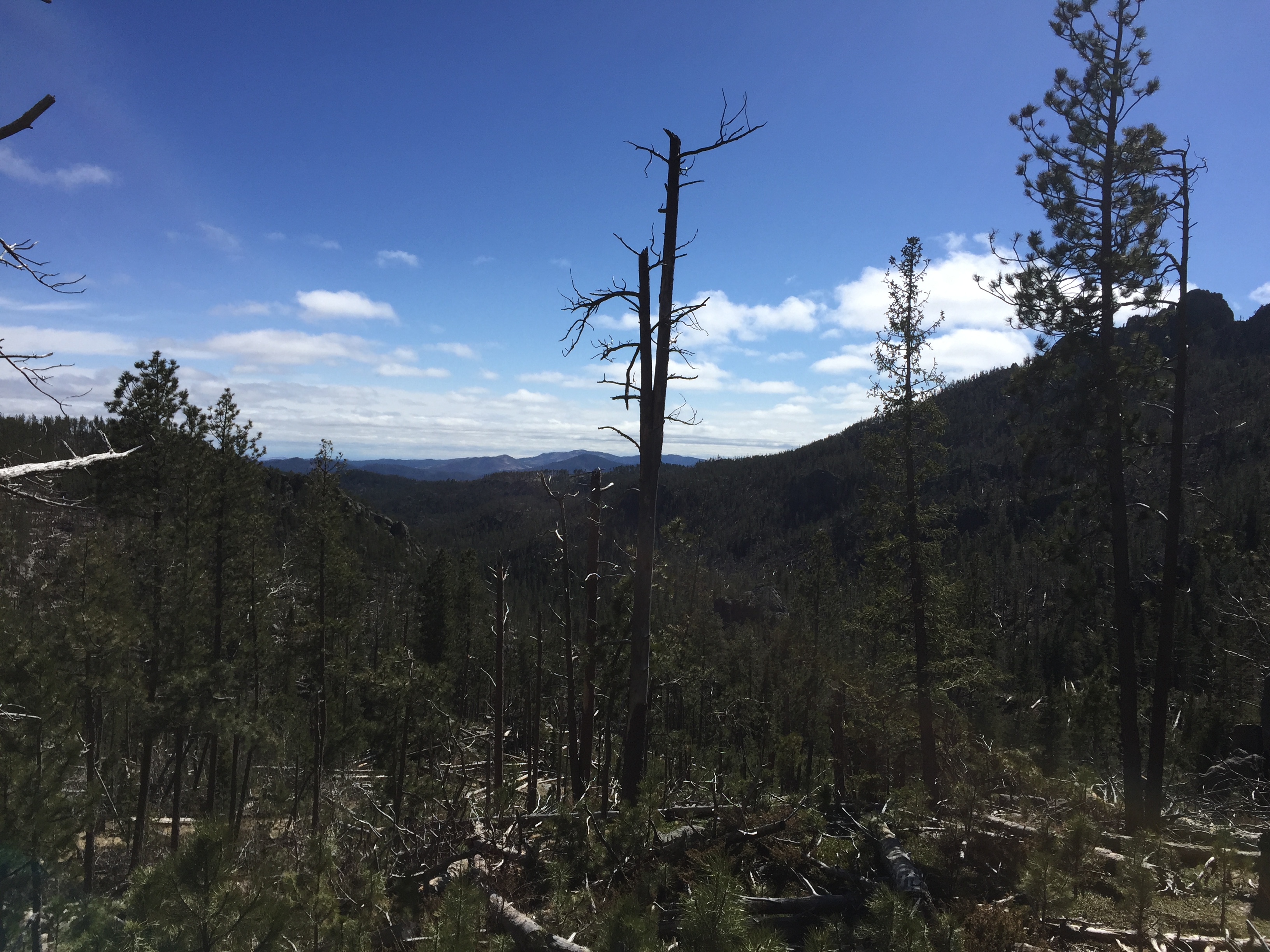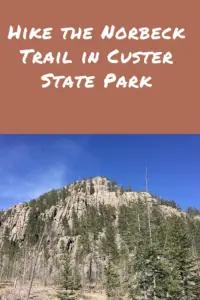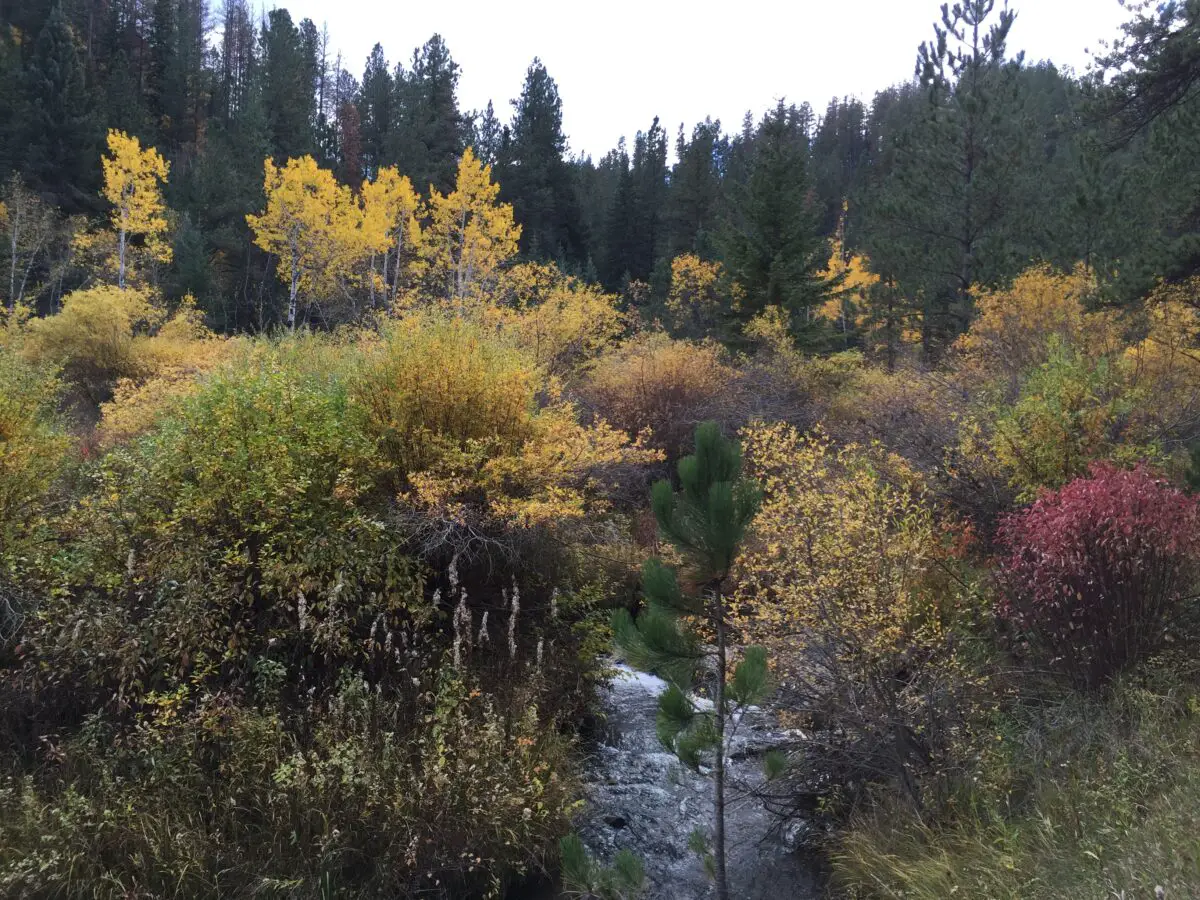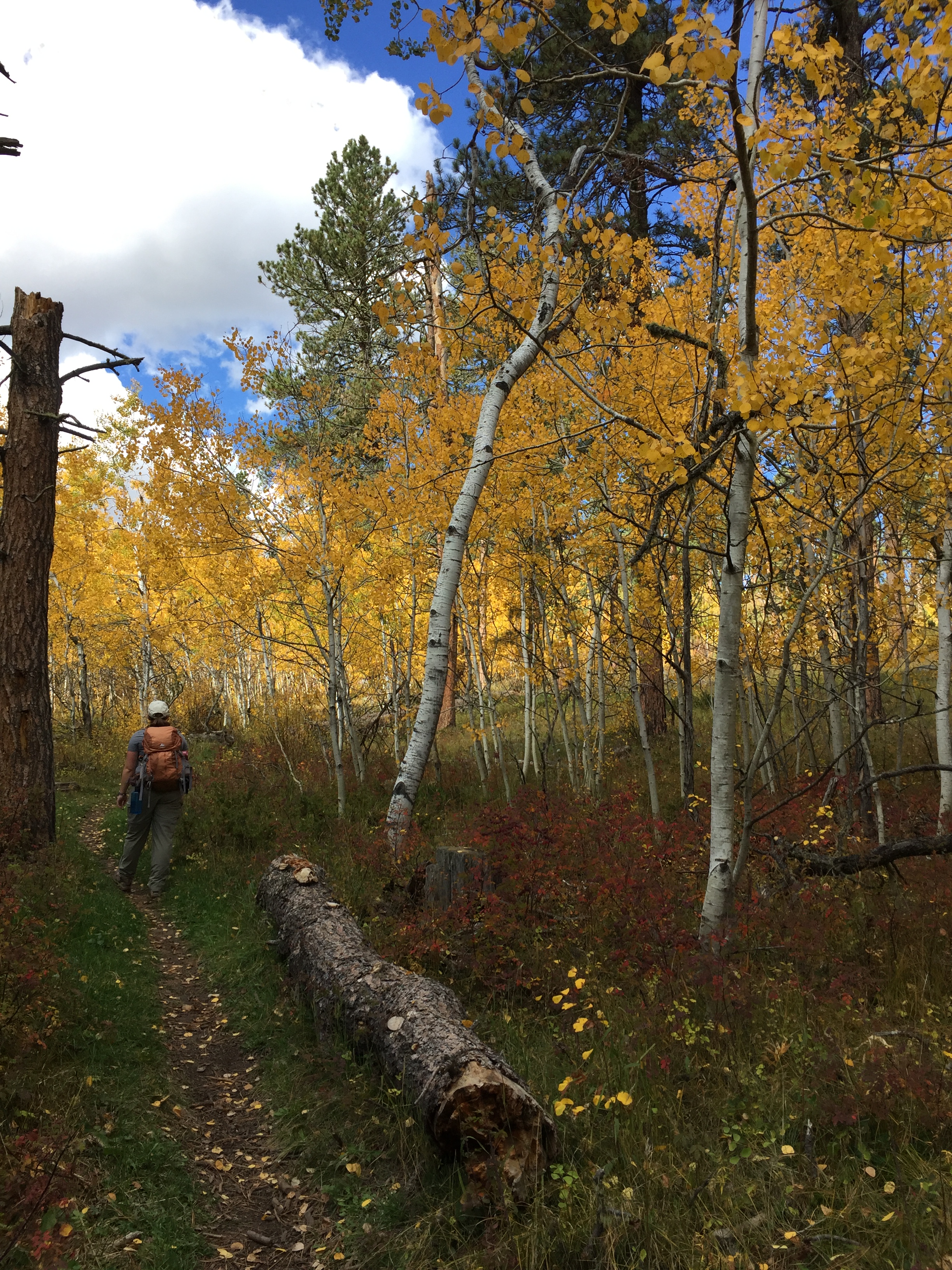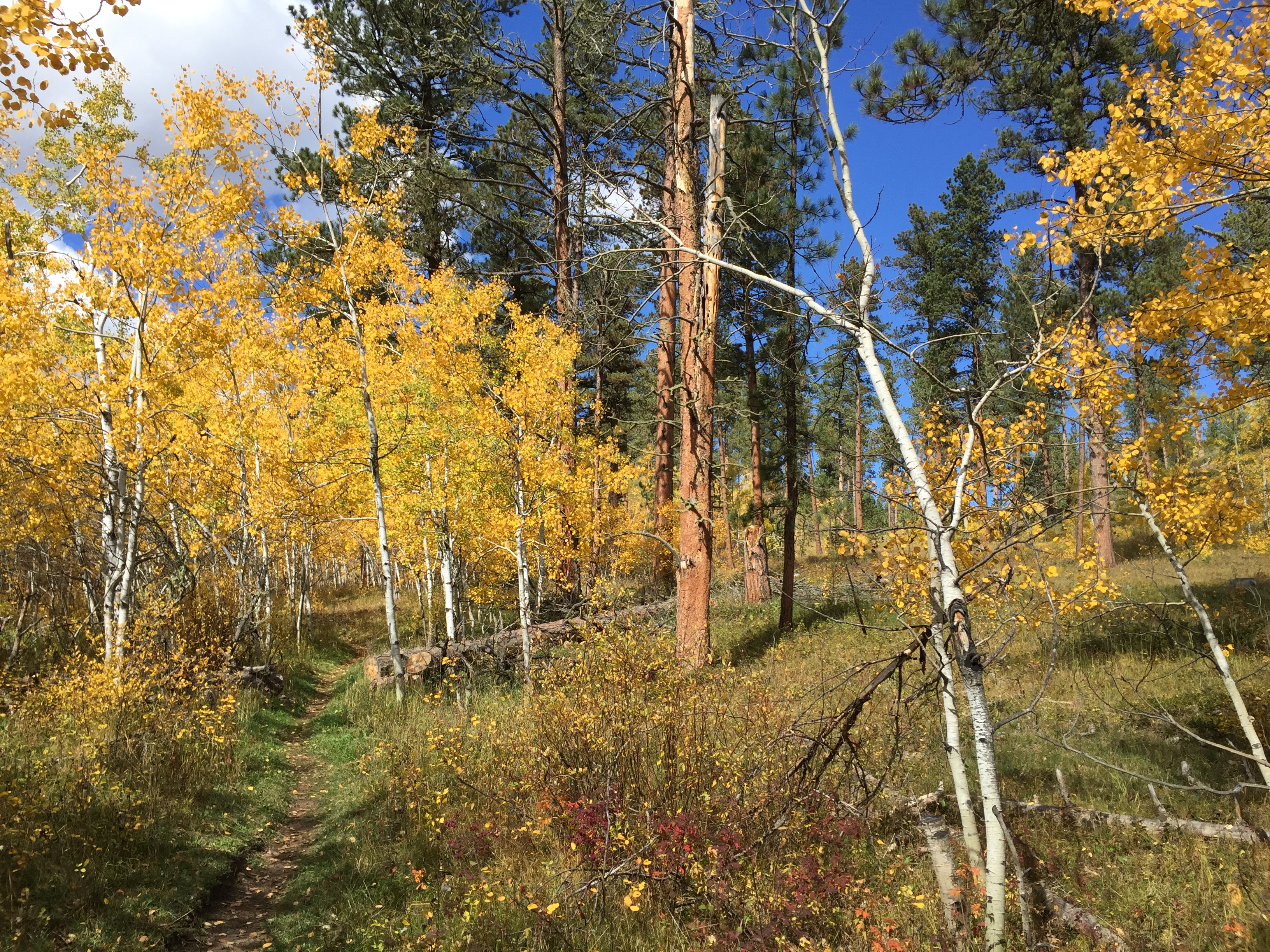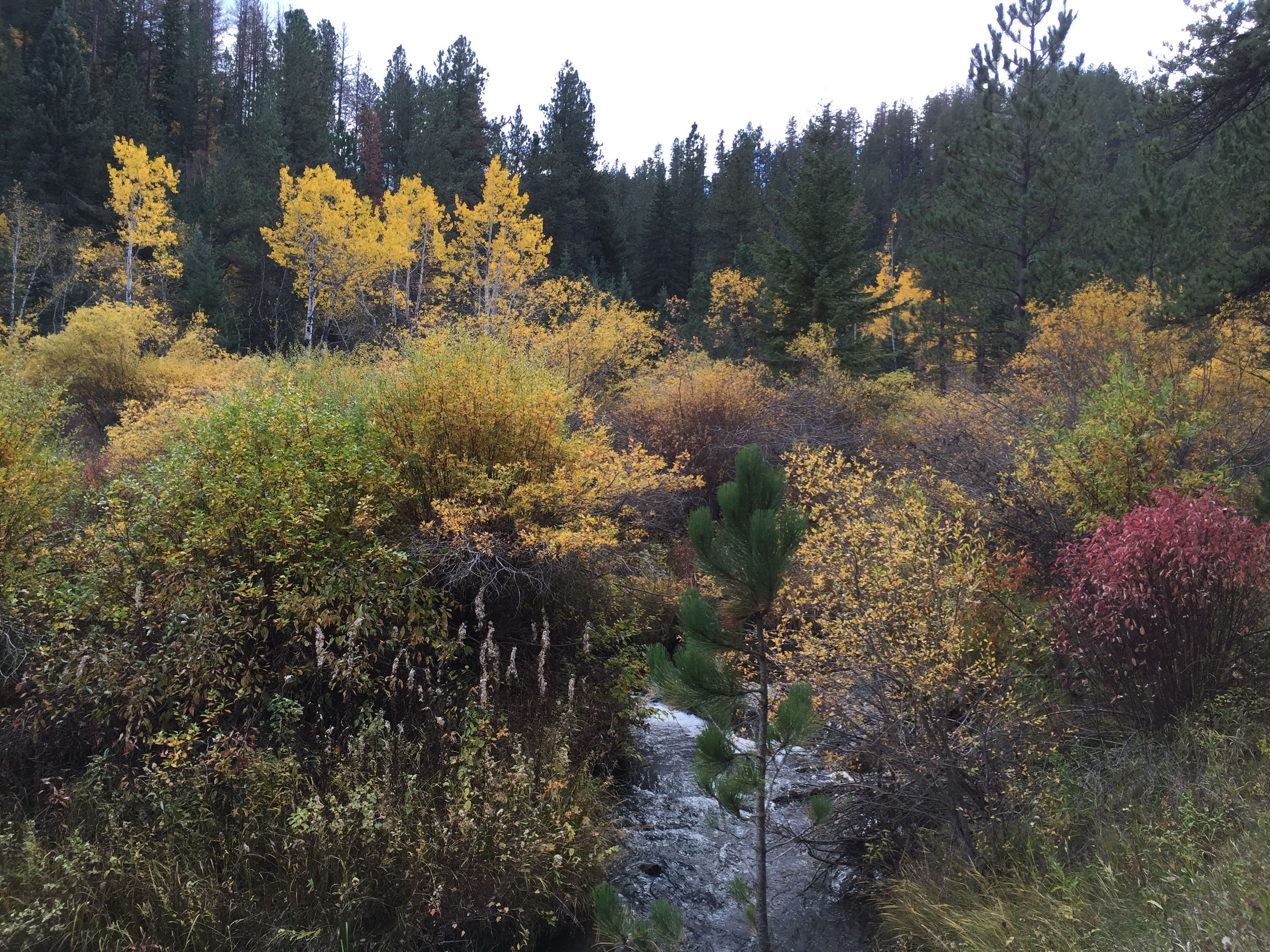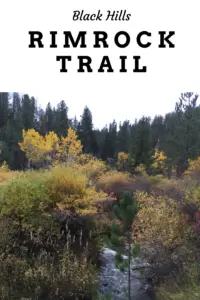“Thousands of tired, nerve-shaken, over-civilized people are beginning to find out that going to the mountains is going home; that wildness is a necessity.”
― John Muir
Some may wonder why I write this blog…
One of my favorite songs is “Noise”, by Kenny Chesney. For me, it’s a rallying cry, of sorts, as it well expresses my growing disillusionment with the rat race that is the modern lifestyle. I firmly believe one of the central problems with modern society is that we are constantly overstimulated with busy lives, busy minds, and busy spirits.
The song demonstrates how this “noise” that continuously engulfs us makes us miserable. It is inescapable and unending. My personal belief is this overstimulation contributes to the anxiety so many feel. I know, for myself, the anxious symptoms I experience peak when my life feels the most hectic.
Some lyrics from the song state:
“…Yeah we scream, yeah we shout ’til we don’t have a voice. In the streets, in the crowds, it ain’t nothing but noise…”
We’re constantly pulled in multiple directions at once: relationships, chores, work and school, hobbies, attempting-to-find-some-time-to-just-relax!
“Twenty-four hour television, gets so loud that no one listens…”
In addition, we’re persistently bombarded by 24-hour news cycles, streaming music, and video, our sources of stimulation continue on ad-nauseum…. I can feel my blood pressure rising just THINKING about all of this! 🤯
Articles are written about the burnout people feel. How they are striving to “unplug”, to have a better work-life balance, to take back control of their lives. But then, they’re told to “lean in” and live “well-rounded” lives…
“There really ain’t no conversation, ain’t nothing left to the imagination…”
From an early age, we’re exposed to so much technology that our creativity is squashed. Children used to spend hours playing outside, but now their days are filled with activities structured by others and devices that tell them what a game is and how to play it. We don’t think for ourselves anymore or take a step back and critically examine situations. Instead, we allow ourselves to be influenced and pressured by what our friends are “liking” on social media, or what our trusted news source is telling us is a fact.
“…trapped in our phones and we can’t make it stop…”
We’re all adrenaline junkies running around constantly stimulated by the technology that continuously surrounds us. This stimulation is so persistent that when we have to go more than 30 minutes without the dopamine hits it provides we get anxious and think we’re bored—even though that’s what life is supposed to normally feel like—we just aren’t used to it. Our phones chirp mercilessly, constantly giving us the recognition we’ve come to crave as it means that someone “liked” our post or tweet, or is trying to contact us so we don’t feel so small and alone…
*This may seem contradictory for a blogger; whose job is dependent on the use of technology. To be clear, I’m not anti-technology, I’m pro the purposeful and controlled use of it. It’s a tool that should be used deliberately and within limits, without allowing it to control our lives.*
I write for my love of the outdoors…
“Sometimes I wonder, how did we get here? …we didn’t turn it on, but we can’t turn it off…”
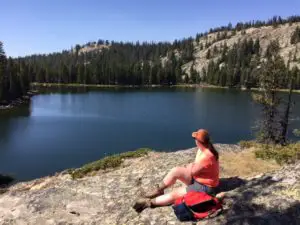
We’re constantly surrounded by all this “noise” but we haven’t yet evolved to handle it, and I don’t think we are meant to. We weren’t designed for the modern-day lifestyle. Evolution didn’t prepare us for this craziness, because it isn’t a natural thing. We’re meant to be surrounded by the peace and tranquility that nature brings: the perfectly formed snowflake; the sound of chirping birds and the whistling wind; the silent clamor of snow falling in the woods; the pitter-patter of rain against the window and the “CRASH!” of thunder outside. We’re meant to feel the sun warm our skin as the wind caresses our face and to smell the fresh, earthy aroma of wet dirt that a fresh rain brings.
I’m an avid Nature Girl. I enjoy pretty much any activity that gives me an excuse to be outside. I’m also high energy (in case that isn’t obvious). 😉 I like the outdoors, active hobbies and I find walls induce claustrophobia. I grew up as a country-girl, playing in the dirt and fresh air, so, outdoor recreation is a perfect hobby for me.
This love of nature brings me peace by enjoying the beauty and simplicity of the environment that surrounds us. Many people find comfort in these things and I think there’s a reason for that, it’s our intended habitat. It’s where we’re supposed to be, so, we connect with it on a basic, transcendent level. The most instinctual part of our being longs for it. I feel my spirit is renewed by nature, so I want to use this blog to encourage others to enjoy this incredible experience, as well.
For me, this peace is also spiritual, in a sense. Not everyone agrees with this, and that’s ok, religion is a very personal journey, and everyone has to choose what’s best for them. I feel my life is richer and I find hope in despairing situations when I embrace the spiritual side of life. Experiencing nature aids my spiritual journey as it helps me to form a tangible connection to the Creator, by communing with the extraordinary creation.
I’ve enjoyed being out in nature since I was a kid, I especially love the mountains. I still remember the instant I fell in love with them. Mr. Trekker and I were enjoying our first road trip together, in 2005, shortly after we both graduated college. We were at Mesa Verde National Park, standing at one of the lookouts on top of the mesa, with the whole of Colorado stretching before us (maybe THAT’s why I love the state so much?!) 😉
I remember thinking, “I could live here”, and feeling a connection to the mountains, on a visceral level. At the time, the Trekkers were preparing to move to North Carolina. Until then, I had only ever lived in Indiana, this was my first time experiencing the Rockies. I had visited the Appalachians throughout Pennsylvania and New England on numerous family vacations and had always enjoyed the mountain scenery, but this time, something struck a chord within me…
It would be six years before we returned to the mountain west, this time to stay. We’d had enough of the big city, and after numerous adventures in the mountains of western North Carolina, we were hooked on our outdoor activities. The Black Hills aren’t quite the Rockies, but the smaller towns and simpler way of life—not to mention the frequently beautiful weather—suit me just fine.
I write to describe my struggle with anxiety and (hopefully) to help others who are struggling…
When we moved to South Dakota, I started experiencing frequent symptoms of anxiety. To make matters worse, I also began noticing depressive symptoms due to SAD (Seasonal Affective Disorder), thanks to the minimal hours of sunlight–and the resulting Vitamin D deficiency—present in the Northern Plains during the winter. I set out on a mission to learn methods to alleviate the symptoms I was experiencing, so I began working with a therapist.
For some, anti-anxiety medications work wonders. For myself, I hated the woozy, detached feeling I experienced as a side-effect, so I sought out natural and behavior-based methods as an alternative. I have found that by taking a step back from the continuous “noise” of our modern lifestyle, through pursuing outdoor adventures, and by employing intentional methods such as mindfulness, I am able to effectively manage the condition.
Besides the obvious benefit of a flood of endorphins brought on by physical exercise, I think experiencing nature helps to decrease anxiety symptoms because it has a tendency to test our resolve. It’s an incredibly humbling–and somewhat frightening—experience when you find yourself at a different location on the trail than you originally thought, and you realize how far you still have to go as the sun sinks ever lower towards the horizon. Your concern is heightened as the cold wind intensifies, and dark clouds close in. You come to the very sobering realization that you are at the mercy of Mother Nature and her elements.
This is a moment where anxiety is truly warranted! But, it’s also an incredibly empowering moment. You realize that you’re reliant on your own devices, that your ability to get home rests squarely on your own shoulders…and you CAN do this! It’s liberating when you do, eventually, make it home safely. The feat raises your confidence level as you now know that you are capable, and you can handle the challenges life throws at your feet. It helps you to realize how powerful your inner strength really is!
I think we often forget that anxiety can be a useful tool. It’s a natural, beneficial response to an element in our environment that’s posing a risk to us. But it should be reserved for situations where our safety is actually at risk. Unfortunately, these aren’t the situations that often cause anxiety in modern times.
Oftentimes, “modern” stress stems from situations that are, frequently, not threatening at all. As I had a therapist once explain it, “your body doesn’t know the difference between being called into a meeting in your boss’ office and being chased by a saber-toothed tiger! It responds the same.” “Good” stress situations (such as finding yourself lost on a trail) help to keep anxious feelings in perspective. They help us to realize that some circumstances unnecessarily induce anxiety within us.
Beyond personal empowerment, basking in the awesome power of nature helps to remind us that we aren’t the center of the universe. It’s humbling (and relieving) to experience that power overshadows many of our worries, and it helps us to realize that many of them aren’t as unique or catastrophic as we think they are. What is an impending root canal in comparison to the immense “ROAR!” created as millions of gallons of water pour over a waterfall every day? Or when you observe the natural forces required to create locations such as the Grand Canyon?
I write for my quest for a more tranquil lifestyle…
“Every room, every house, every shade of noise. All the floors, all the walls, they all shake with noise. We can’t sleep, we can’t think, can’t escape the noise, we can’t take the noise so we just make noise!”
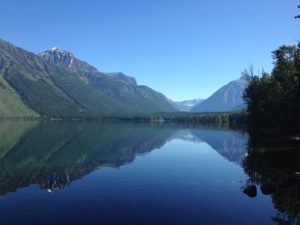
We were all dropped into this technological soup that we aren’t equipped to handle. To mitigate the stress brought on by our modern lifestyles, we seek out more stimulation (or noise), when what we really need is rest! We get worked up from the constant information and news, we worry about our friends and family, about the state of the world. Then, due to all this, we struggle to sleep at night which just leads to exhaustion, more stress, more anxiety, and depression…WE NEED A BREAK! We need to be able to take time to just STOP!…relax…take a breath…and enjoy the natural beauty and peace that constantly surround us.
I write this blog because I want to help people find their break. Through my struggle with anxiety, I’ve found that one of the best ways to control the condition is to actively seek out activities and lengthy amounts of time where I remove the craziness of the modern world from my life and get back to what matters most. The Bible says, “No man can serve two masters”, and that’s true in life as well. We seem to know that we need to take control of our lives, but we don’t know how to do so. This blog is about my search for a more tranquil lifestyle. I write to help others with a similar desire.
I find I’m able to mitigate my anxiety symptoms by employing a more tranquil existence. I strive to maintain a purposeful mindset where I utilize deliberate techniques to control my symptoms, such as mindfulness, meditation, and journaling. Mindfulness helps us to focus on the present, not an upcoming meeting with the boss or an argument we had with our spouse that morning. It also helps us to fully enjoy whatever we’re engaging in at that current moment and to make the most of it. Journaling allows me to relieve the thoughts that are bouncing around in my head in a productive way. It helps me to view my concerns objectively, and either devise solutions to them or realize they aren’t as concerning as I first thought.
A peaceful lifestyle helps to lessen anxiety. This is because the more stressed we become, the lower our tolerance is to handle stressful situations, which increases the likelihood that we’ll feel anxiety regarding them. In contrast, the calmer we feel, the higher our tolerance to handle stressful situations, and the better adept we’ll be at using coping methods to alleviate any anxiety that results from them.
For myself, tranquility means not constantly feeling hyped up, not constantly dwelling on things to come, or constantly replaying previous conversations in my head. It means focusing solely on aspects of my life and the world at large that I actually have control over (such as how I respond to circumstances). For elements of life that we can’t control, worrying about them doesn’t help anyway, so why bother? (To be clear, this is easy to say, but NEVER easy to accomplish in practice. This is one of those skills I toil with on a daily basis.)
These practices have led me to a more fulfilling life, a decrease in symptoms of anxiety, and greater control over the disorder. Writing this blog also helps me return my focus to nature and the things I enjoy. It helps me focus on positive things and reminds me of the empowering effect of the activities we pursue; how they stretch the bounds of my comfort zone and show me how capable I really am. I hope by sharing these experiences with others I can be a vehicle to help lead them to a more tranquil, thoughtful, and less anxious experience, as well.
I write the blog as a guidebook of sorts…

I also write this blog as a type of guidebook, to share the adventures we’ve had and to assist others who may want to follow in our footsteps (so to speak). I truly enjoy traveling, the sites we see, and the random hodgepodge of people we meet.
Since we live in the Black Hills of South Dakota, my posts primarily focus on activities in that area. However, Mr. Trekker and I are also avid travelers, so I also outline the various journeys we embark on around the country. The Trekkers engage in an eclectic mix of outdoor activities including hiking, biking, canoeing, exploring 4-wheel-drive roads, car camping, cross-country skiing, snowshoeing, and road trips, among others.
I want to encourage others to try activities that are outside their comfort zone, while at the same time giving them practical, useful tips to help make that experience as painless as possible. I want to spark their interest in new activities, but also give them an awareness of what hurdles may lie in their path so that they can embark on their adventures well-prepared. For those who may be unable to partake of some of these sites, I hope to bring the experience to them, in a sense, through my writing.
To Conclude:
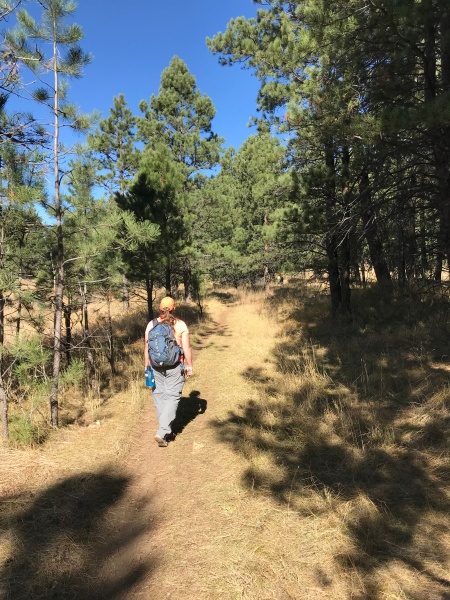
The techniques listed above have empowered me to take more control of my anxiety. I don’t put my issues out there to garner pity from others. Rather, I seek to relate my personal struggles with the disorder, as well as the methods I’ve learned to help control it. I want this blog to be a place where others can come to acquire these tools for themselves.
I’ve accepted the fact that my anxiety is a part of me, that it’s something I will, likely, live with for the rest of my life. But, that doesn’t mean I have to allow it control over my life. I strive, every day, to reign in those worrisome thoughts and emotions and use them to improve myself. There will be some tough days. Sometimes, the anxiety will win. But that’s just one day. Life is a marathon, not a sprint! The sun WILL rise again tomorrow! So, when we have a bad day, we pick ourselves up, dust ourselves off, and press on!
Part of what I love about the outdoors is that nature cuts out the BS. It takes away our technology and gets us back to basics. It humbles us as it forces us to acknowledge there are some things in life we can’t control. Along with that, though, it helps us to understand that some of the things that cause us anxiety aren’t really as threatening as we might first think. Nature gets us back to our intrinsic roots. I find that one of the rare times I can truly put my mind and spirit at peace is when I’m engaging with and appreciating the natural world, in all its glory. I want to share that with others.
So, some may ask, “why do I write this blog and spend so much time outside?” To that I answer, “to escape the noise!”
*Ya’ll, I’m telling you, this song is awesome. If you aren’t familiar with it, I BEG you, go listen to it. This is three-and-a-half minutes that IS worth your time (the video is pretty cool, too). For your convenience, I’ve linked to it here. Pay careful attention to the last couple of shots near the end, see if you notice a common theme…*


 The Deerfield Trail runs through several canyons that are similar to those found on Rimrock Trail, that traverses the rim of Spearfish Canyon and others that you see on the Little Elk Creek Trail, near Sturgis. The canyons are especially gorgeous in fall as the never-ending green of the spruces, that blanket the canyon walls, contrasts with the yellow and orange of the aspens and red of the plants that frame the creek.
The Deerfield Trail runs through several canyons that are similar to those found on Rimrock Trail, that traverses the rim of Spearfish Canyon and others that you see on the Little Elk Creek Trail, near Sturgis. The canyons are especially gorgeous in fall as the never-ending green of the spruces, that blanket the canyon walls, contrasts with the yellow and orange of the aspens and red of the plants that frame the creek.
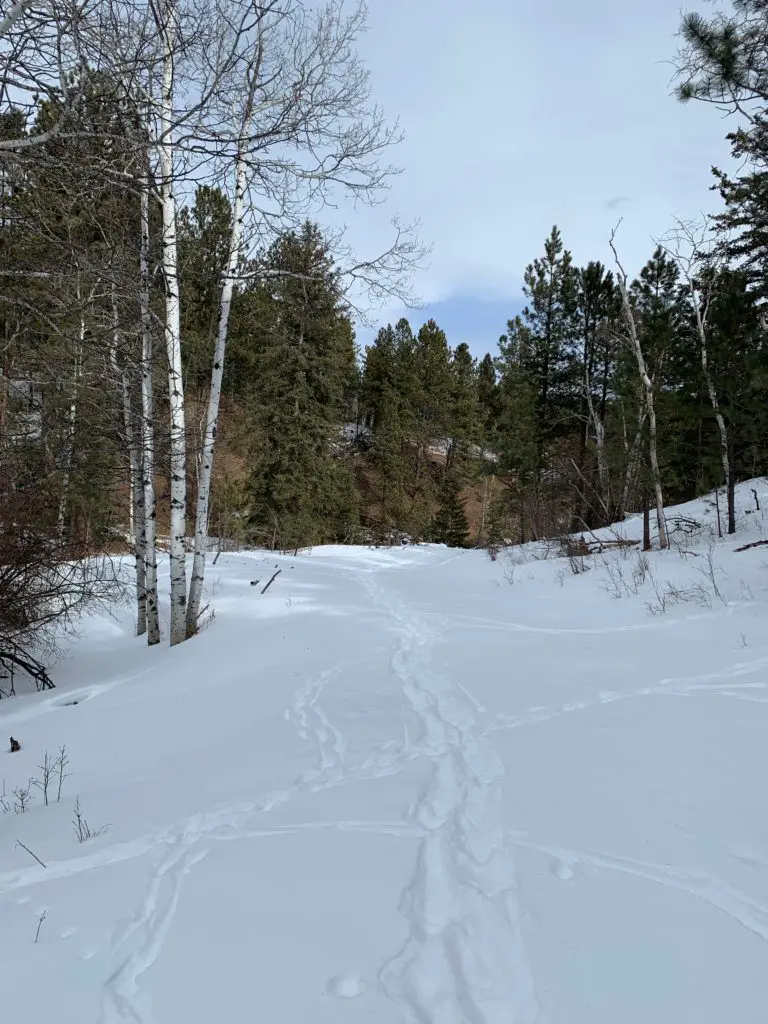
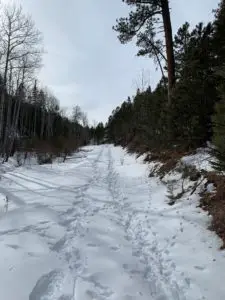 The Deerfield Trail is open year-round, for various activities, including horseback riding, hiking, mountain biking, and snowshoeing/cross-country skiing, depending on the time of year.
The Deerfield Trail is open year-round, for various activities, including horseback riding, hiking, mountain biking, and snowshoeing/cross-country skiing, depending on the time of year.
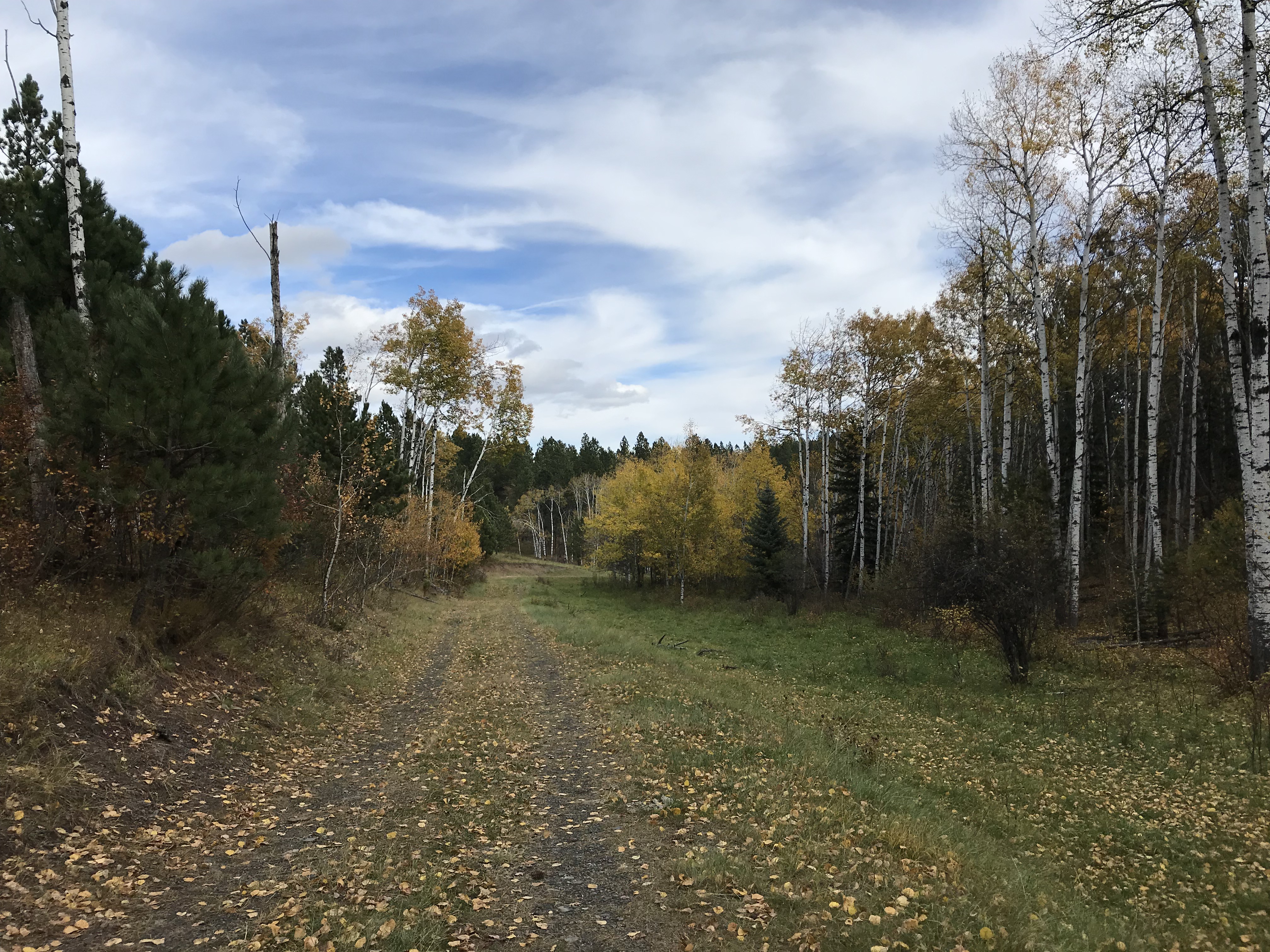
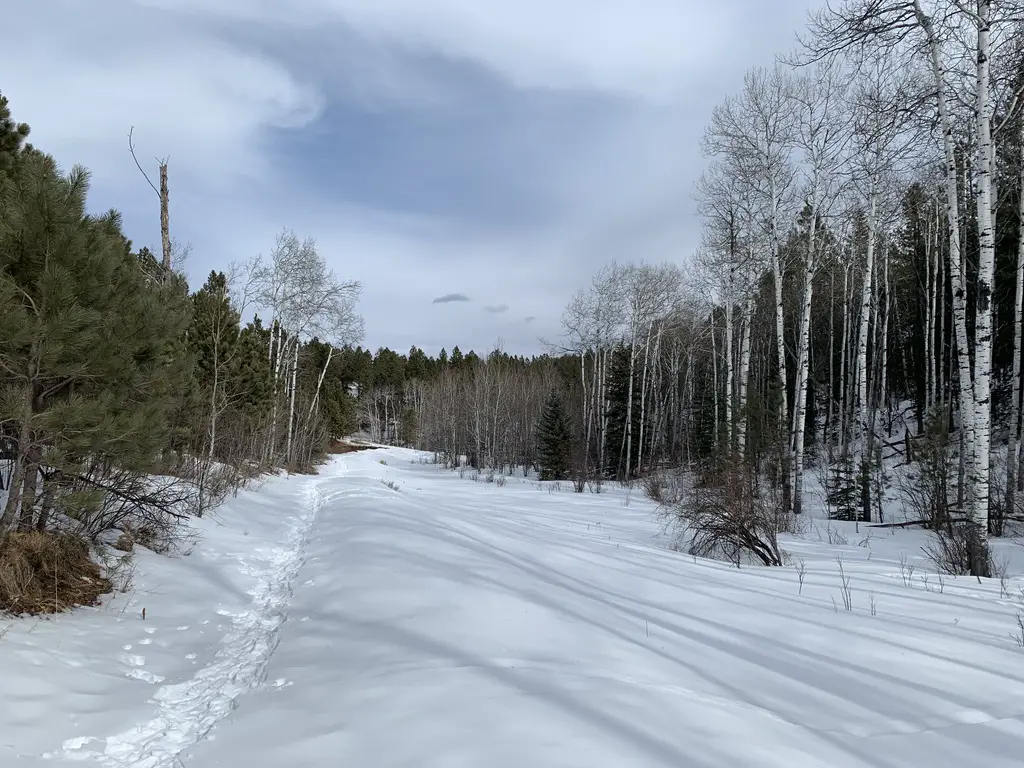
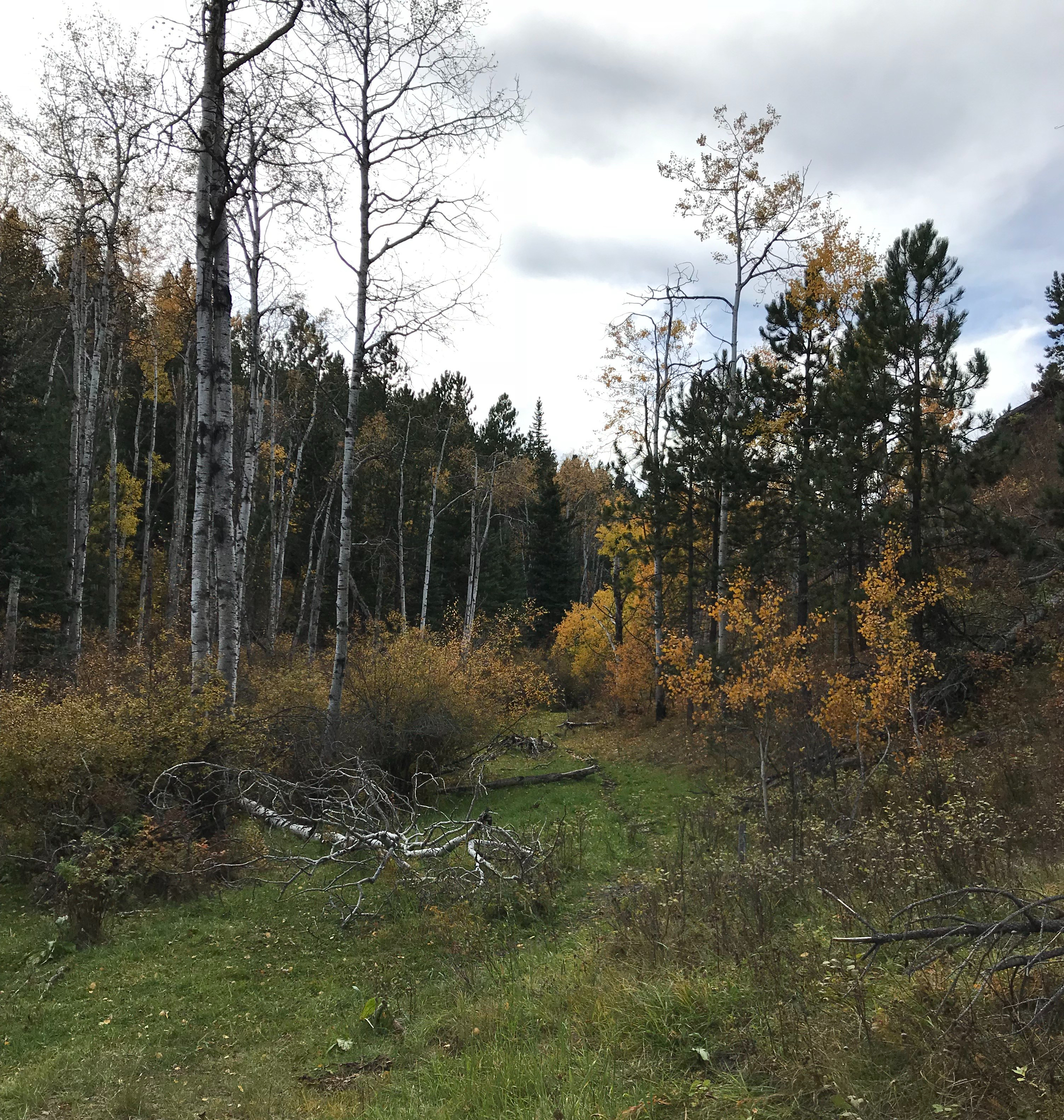
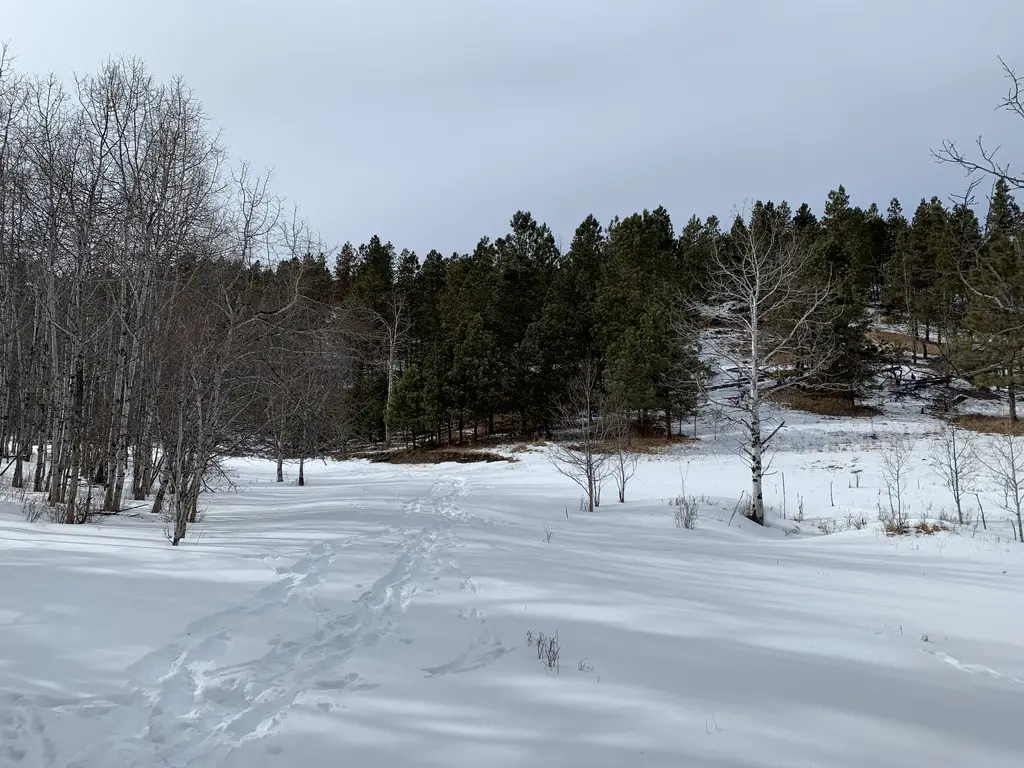
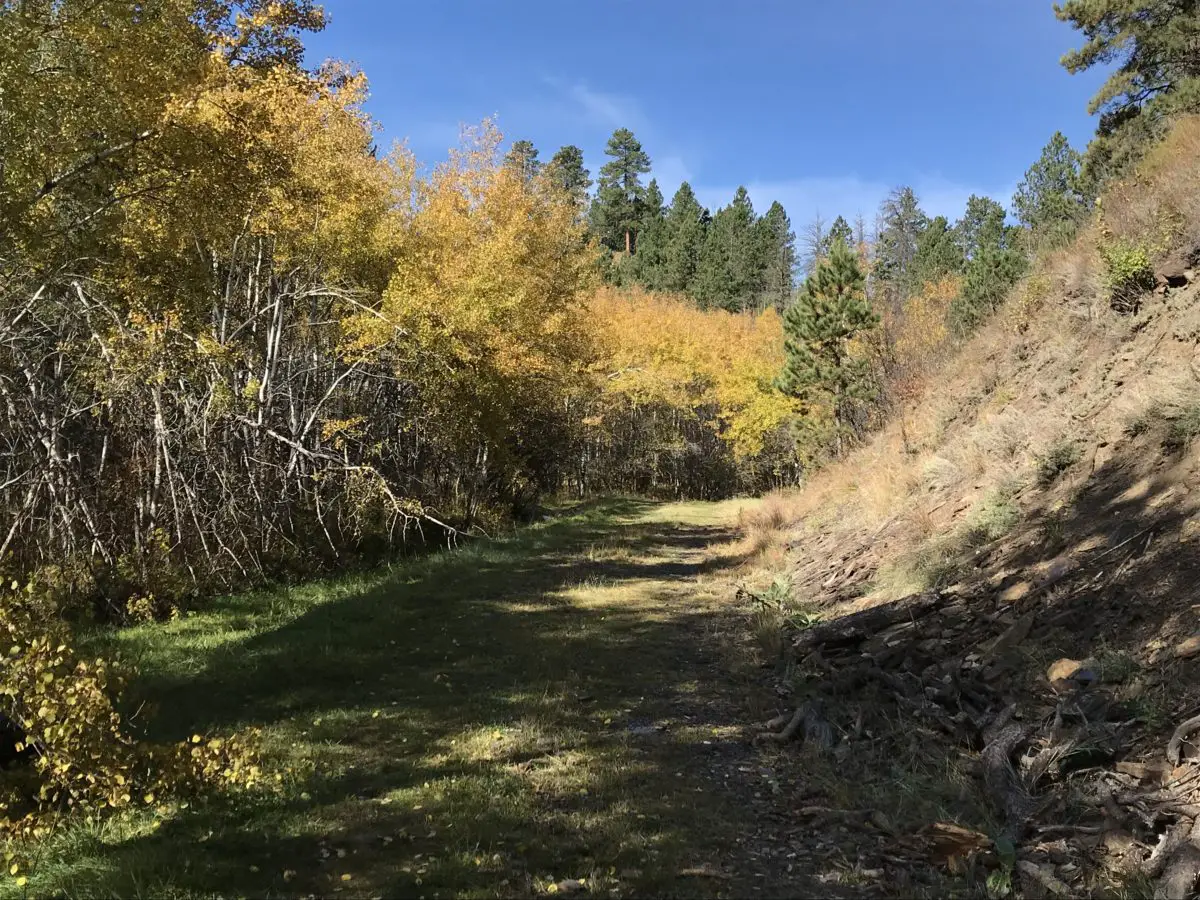
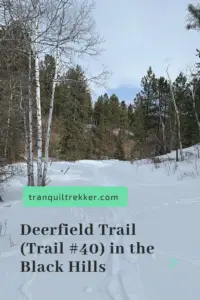
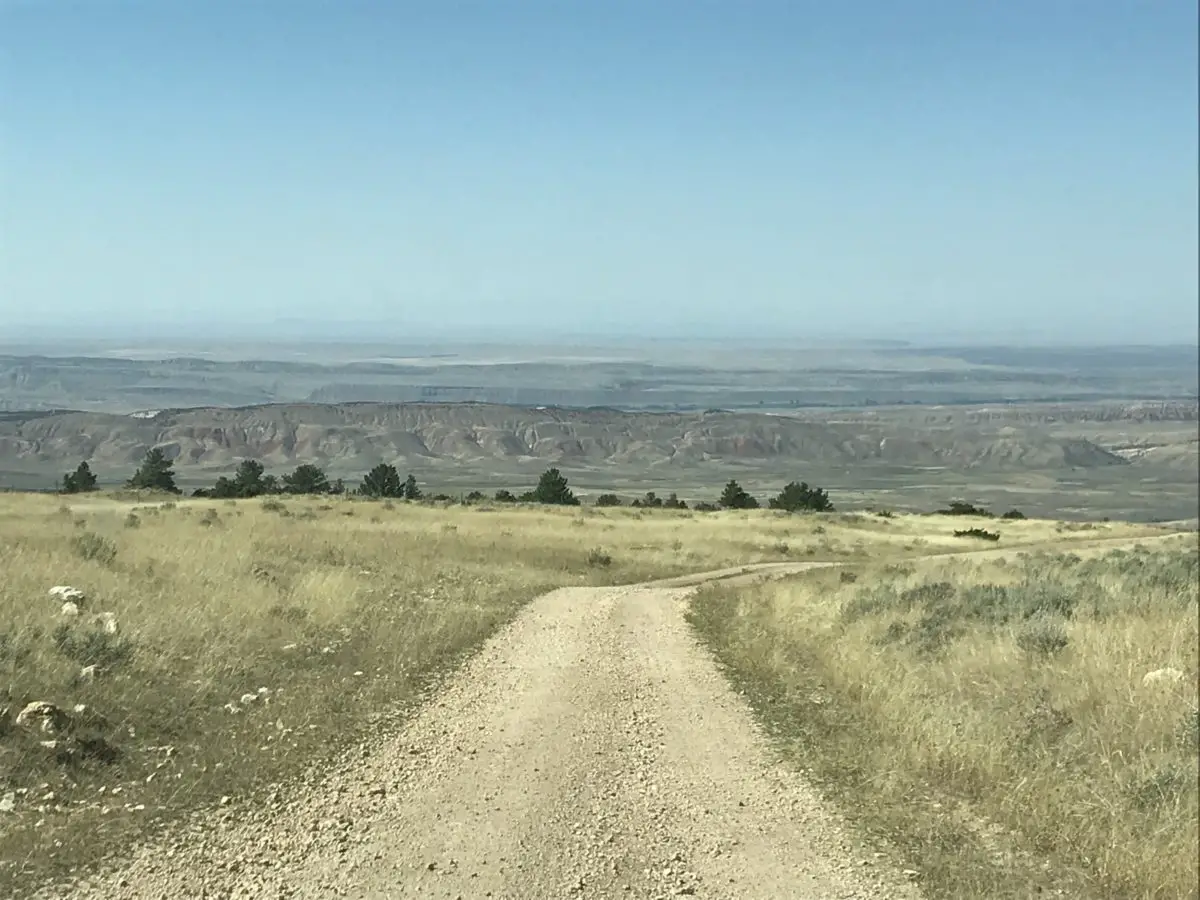



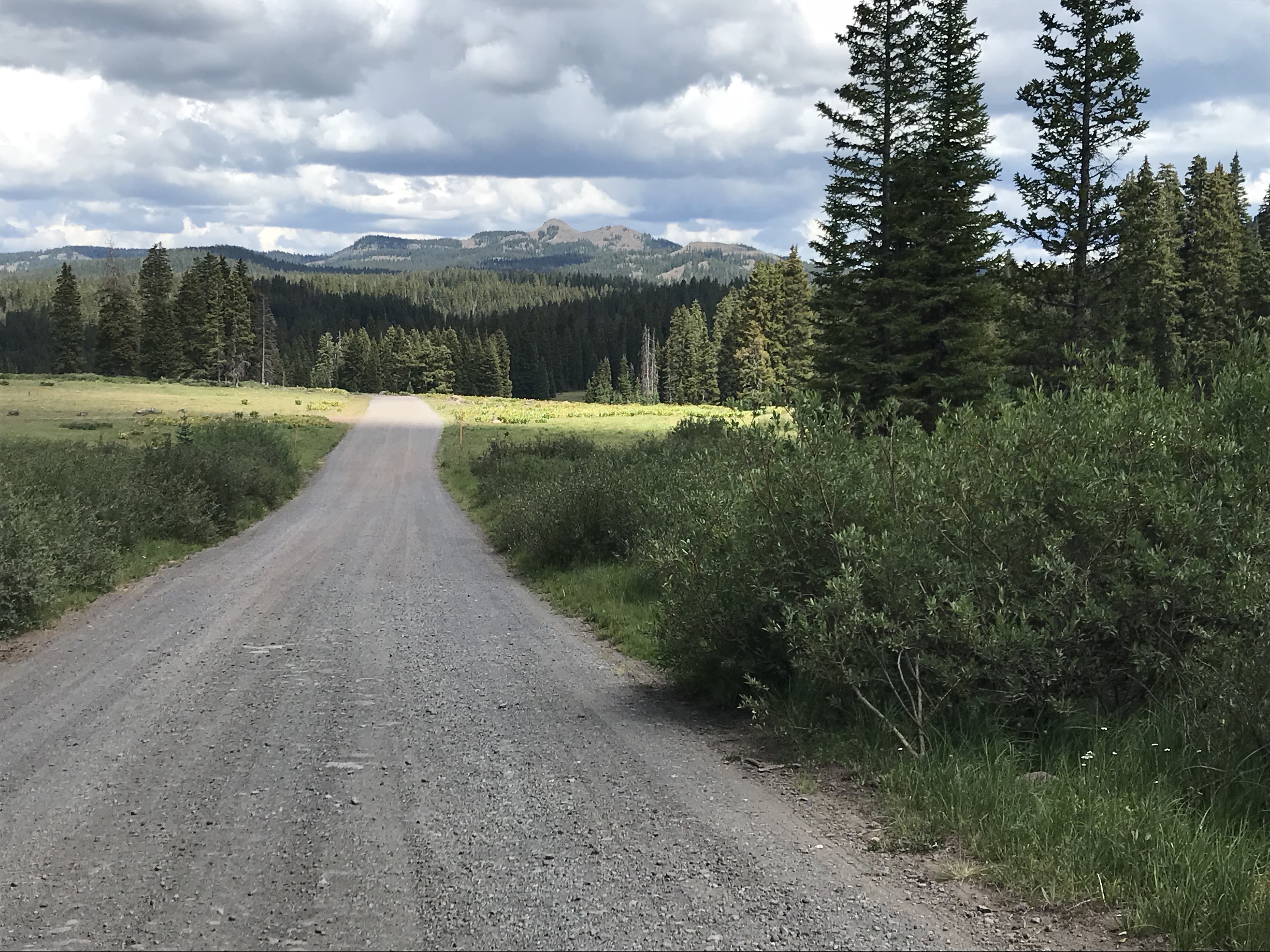

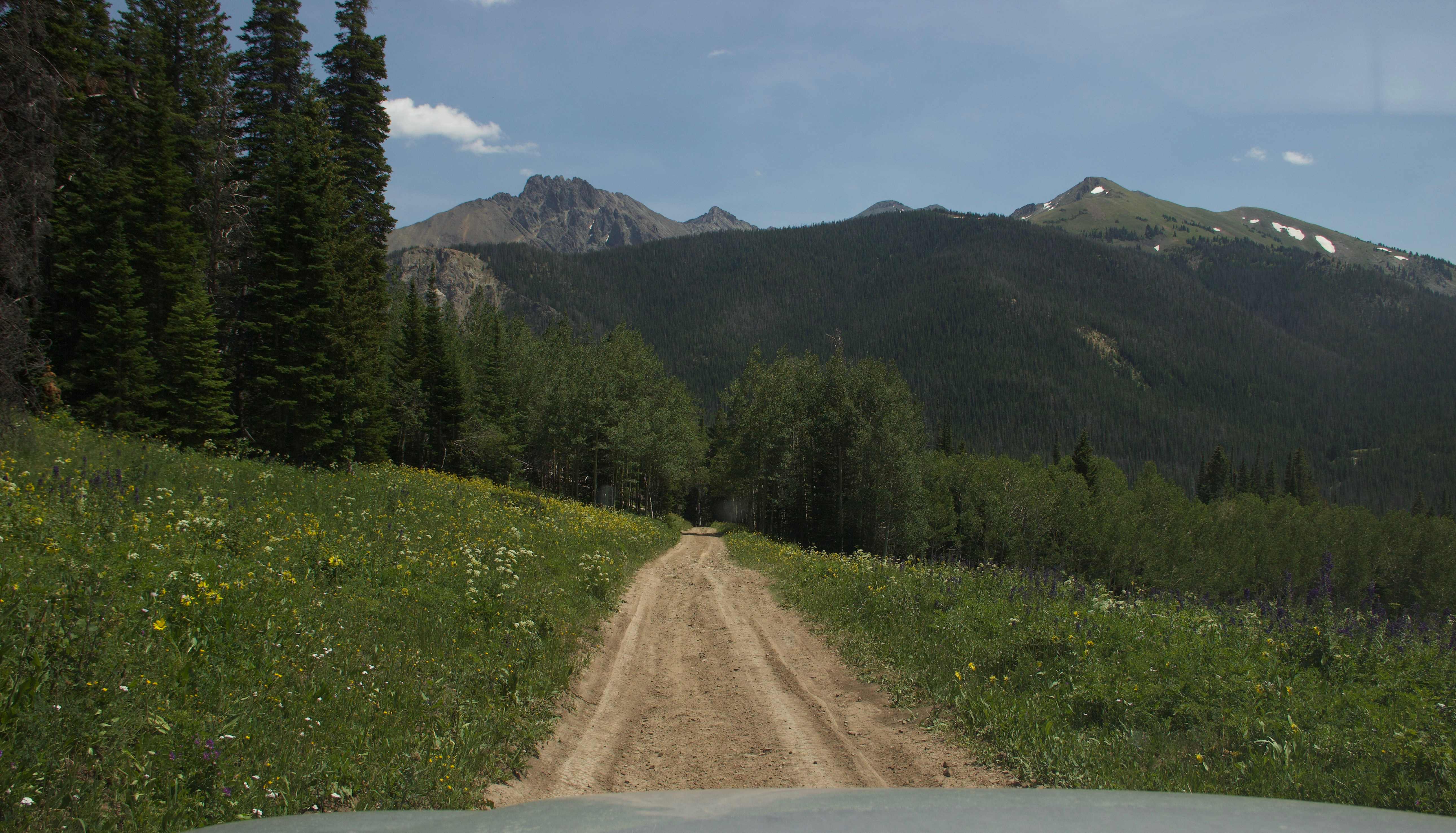

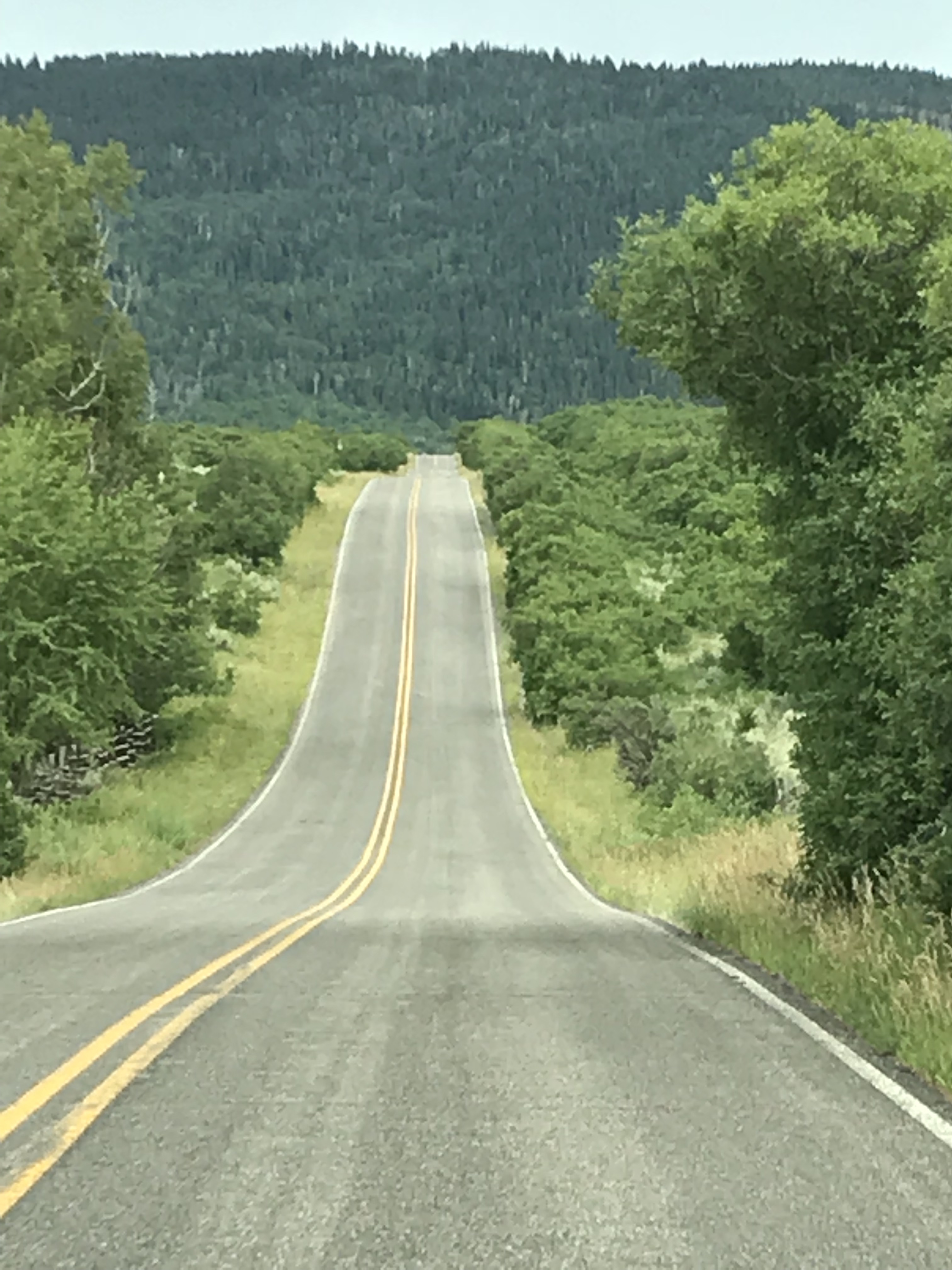

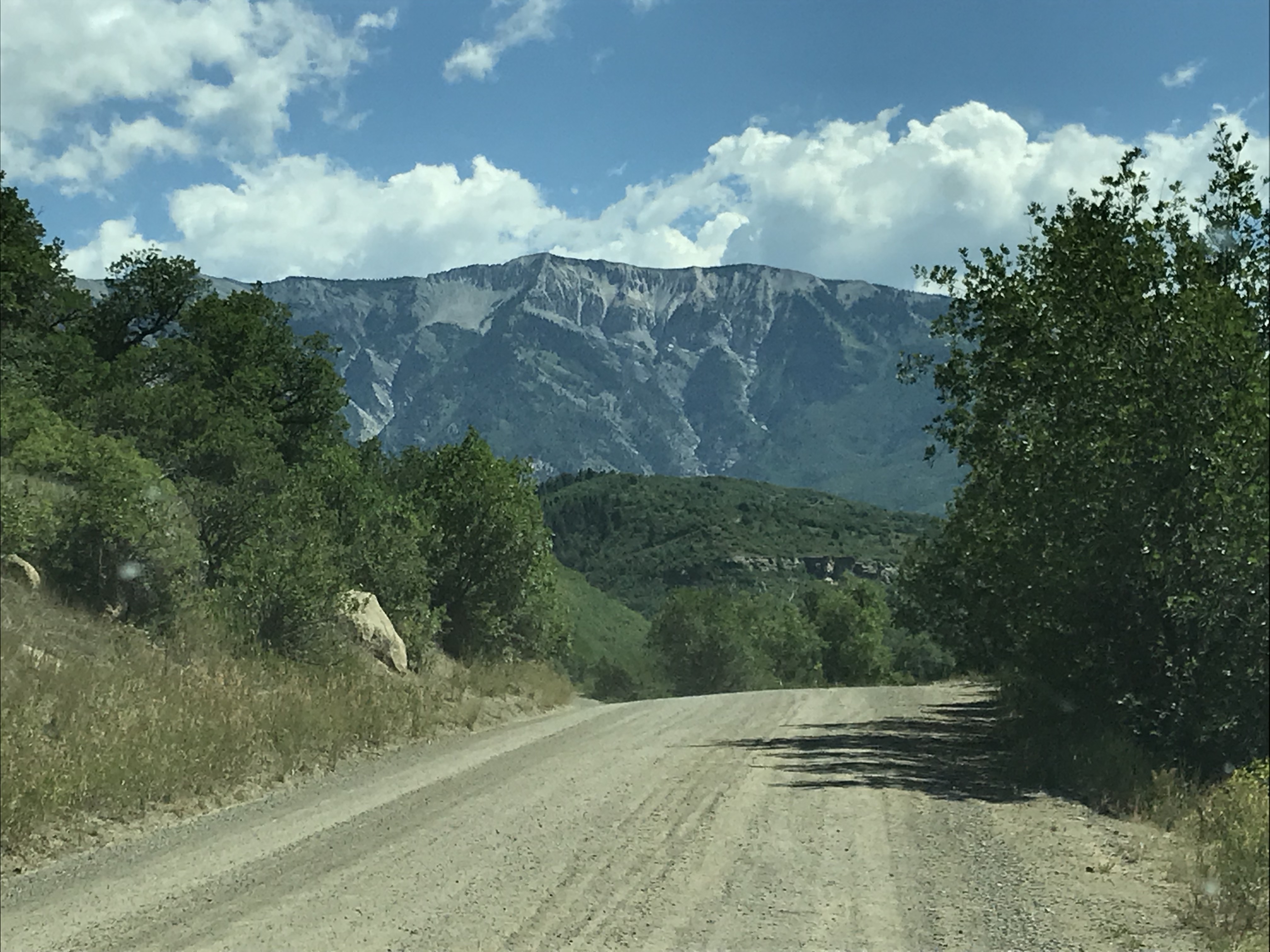
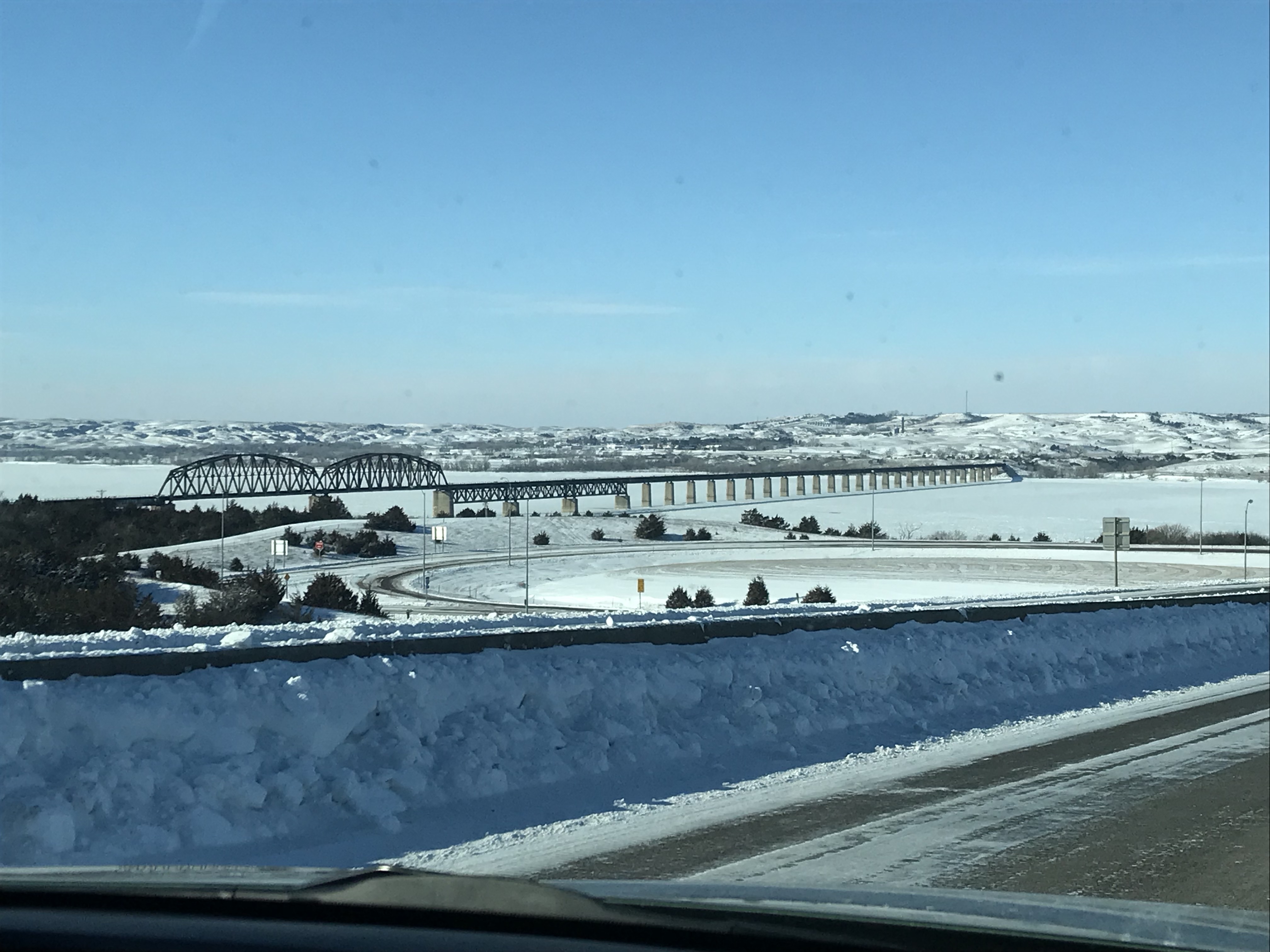
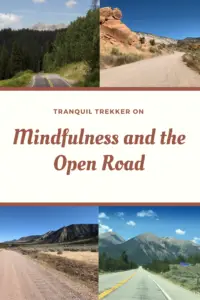
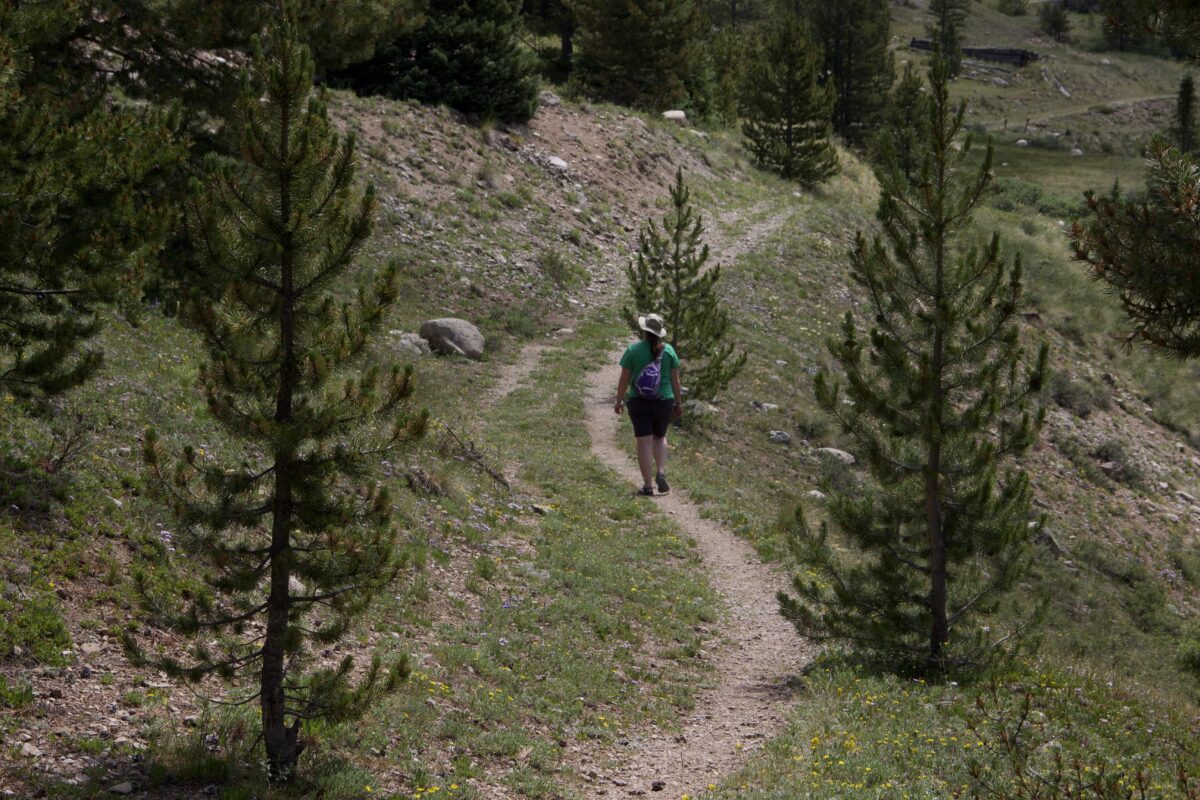
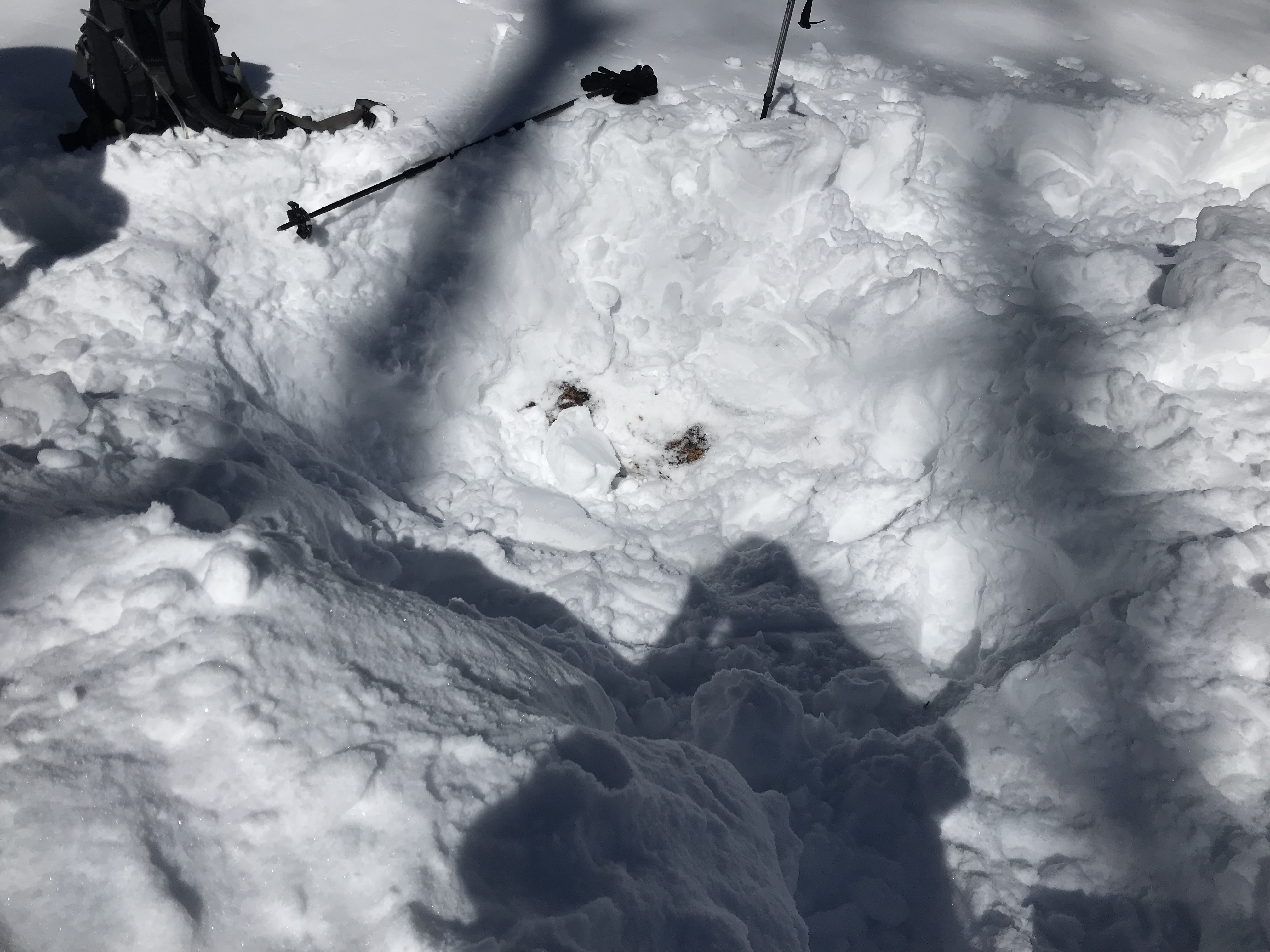
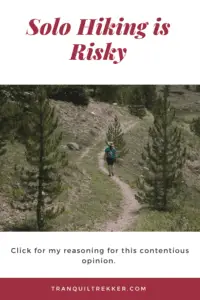
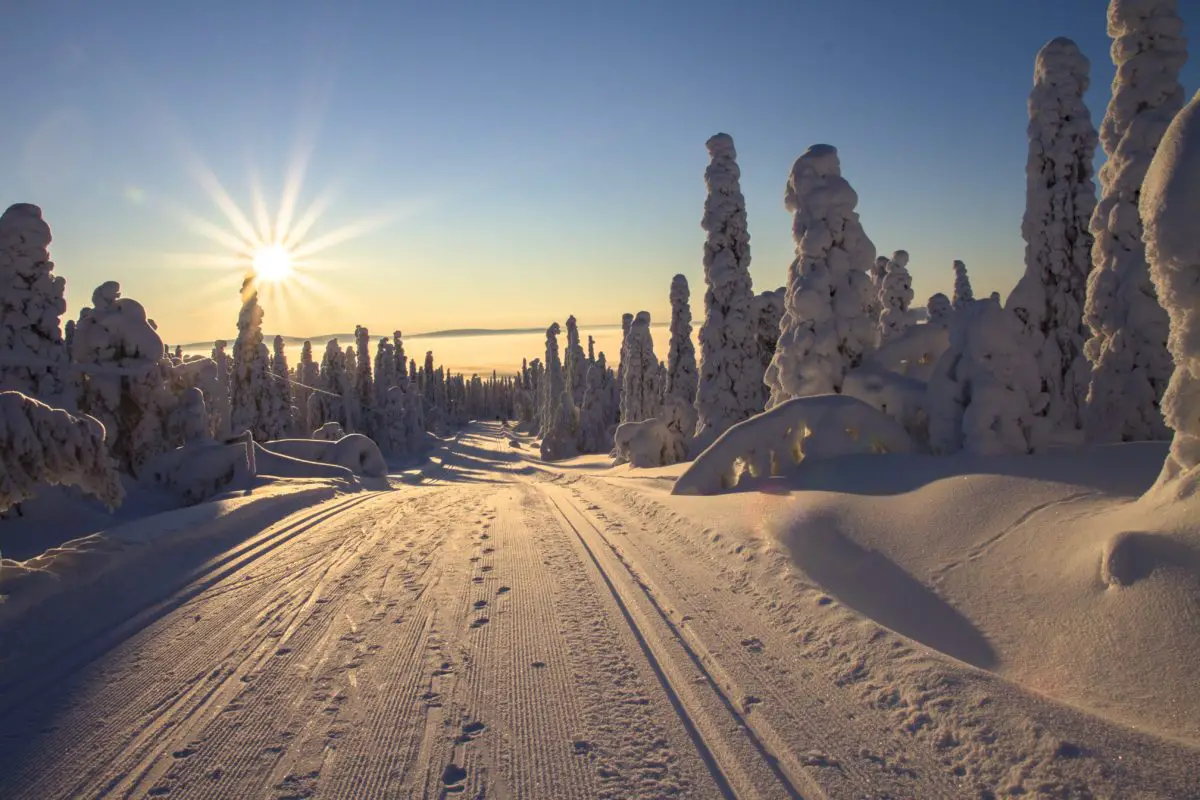
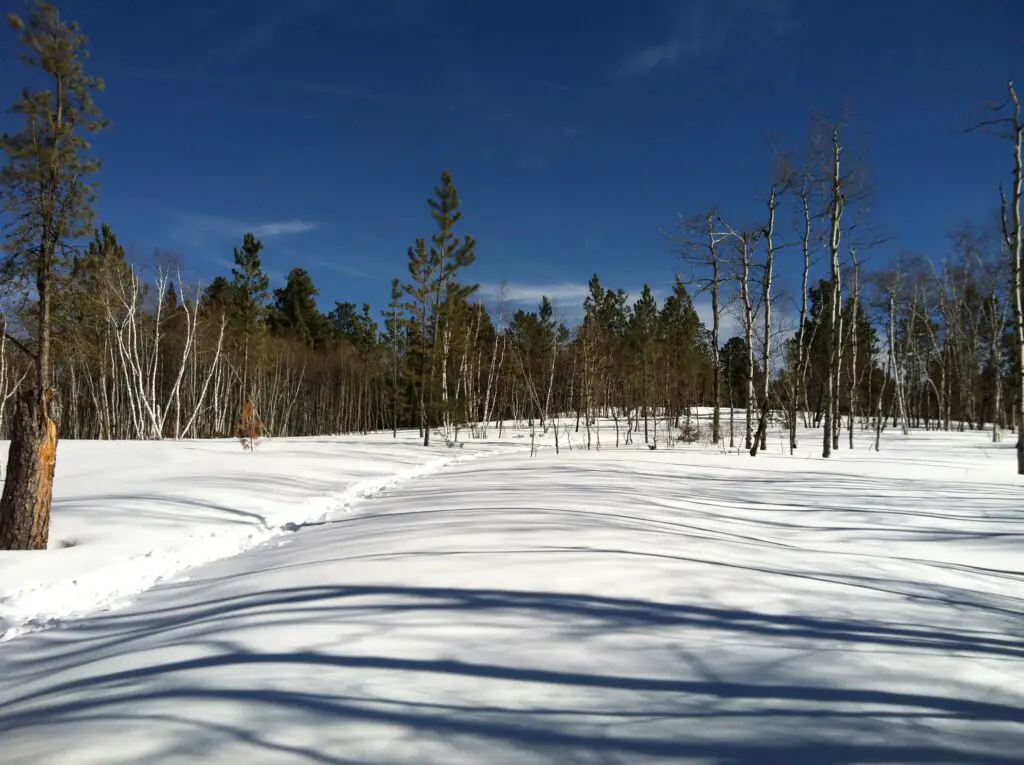
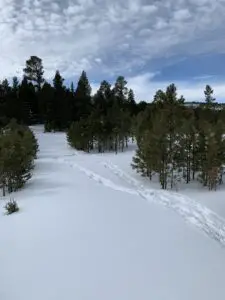 Learning to cross-country ski
Learning to cross-country ski